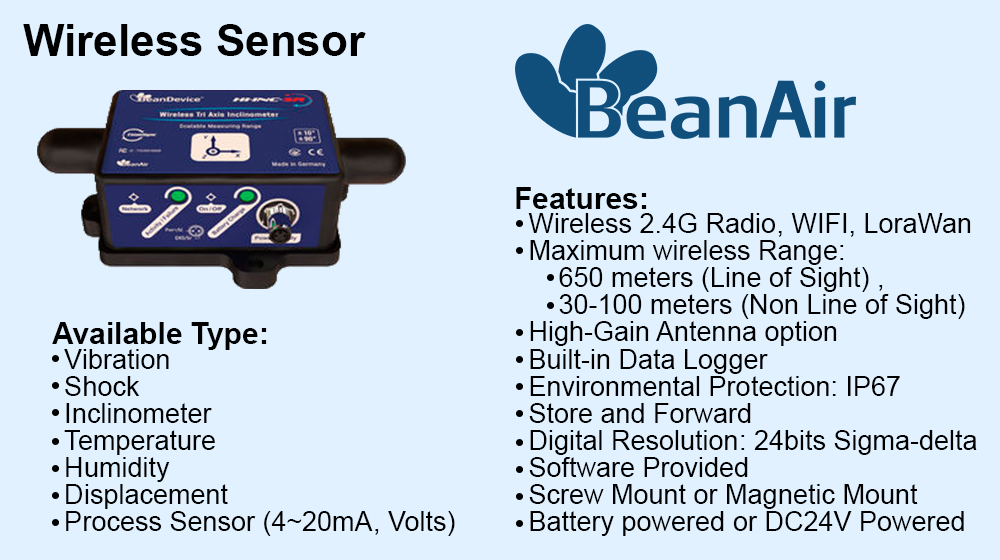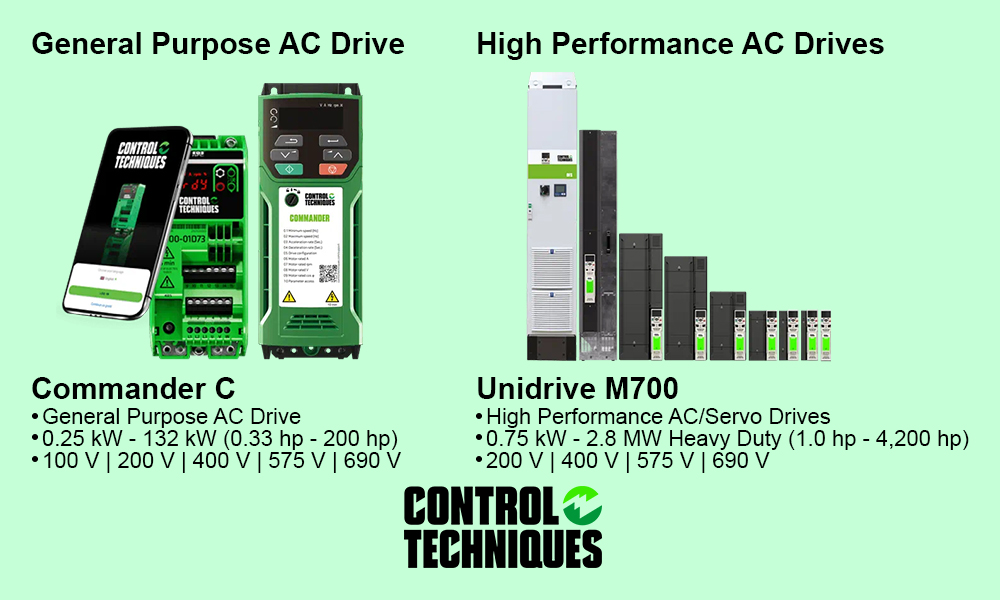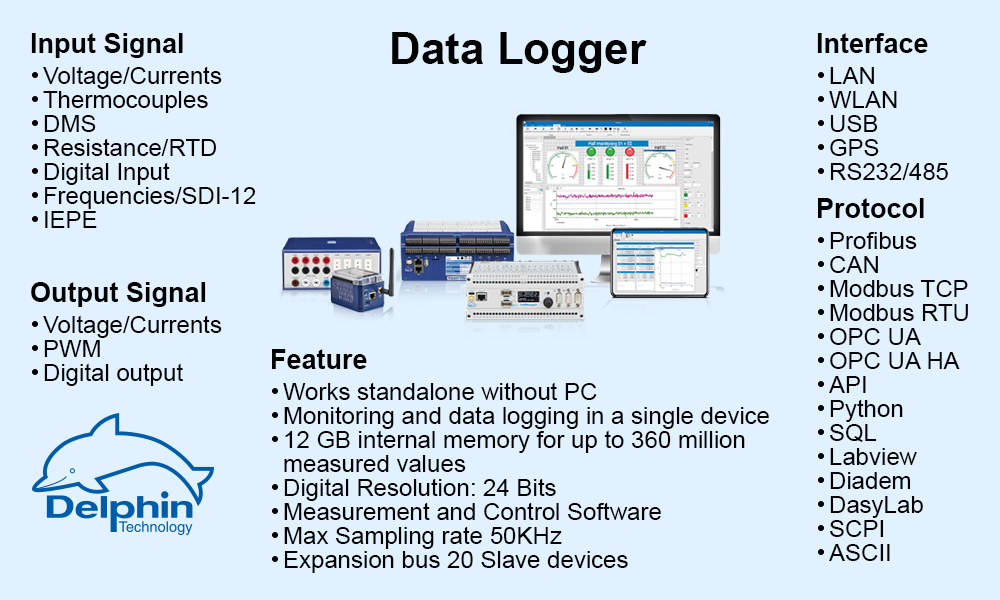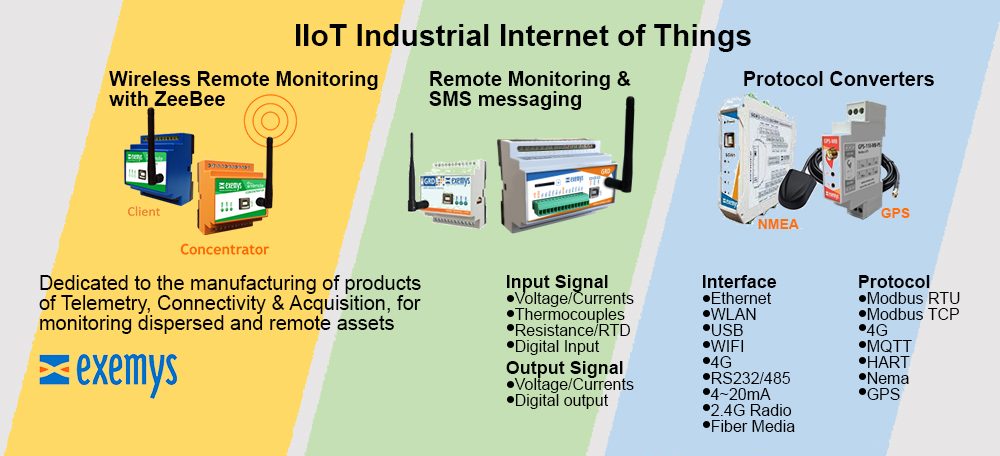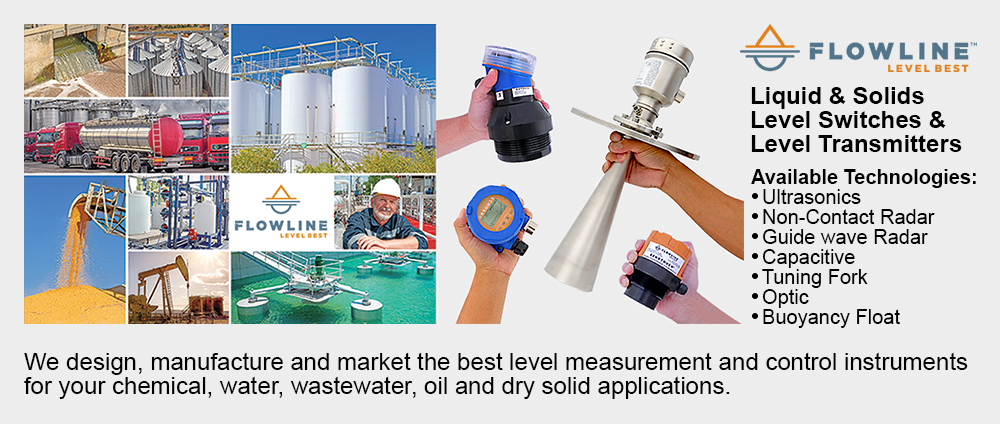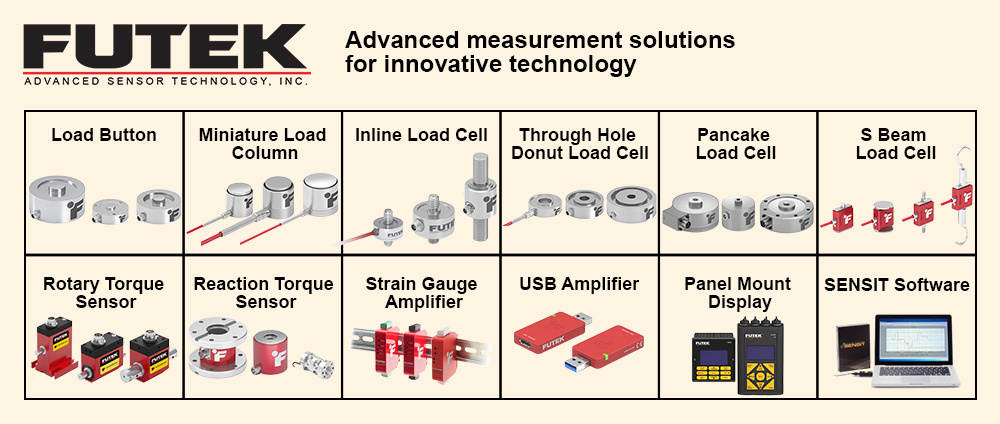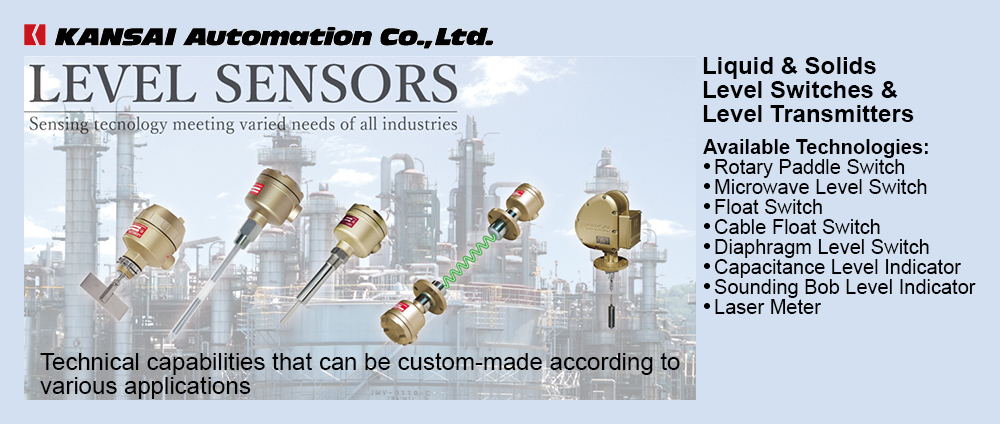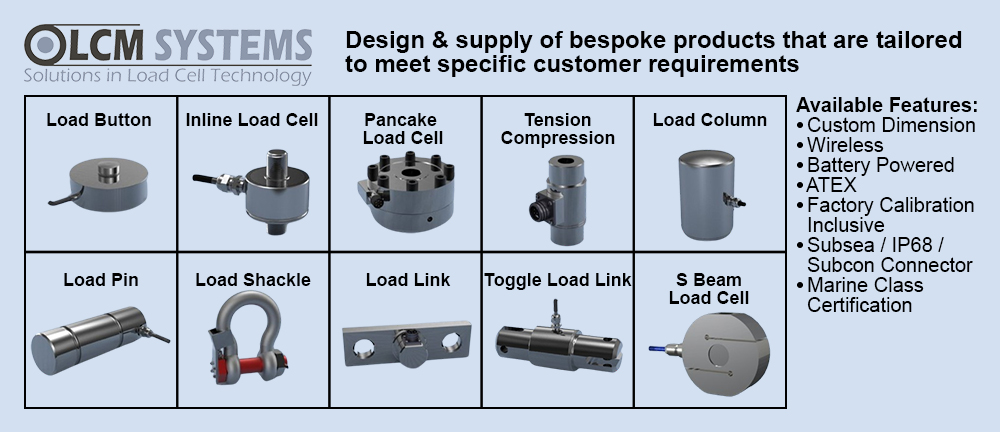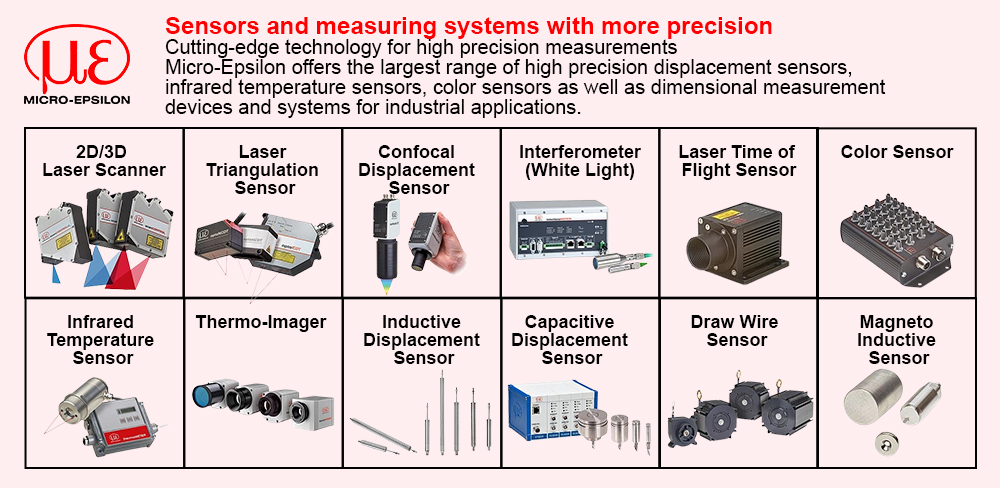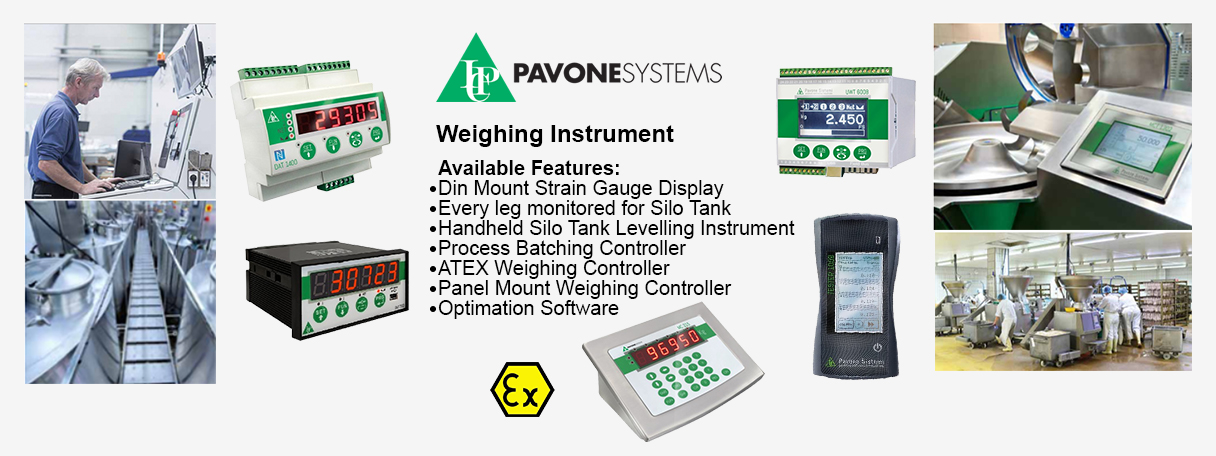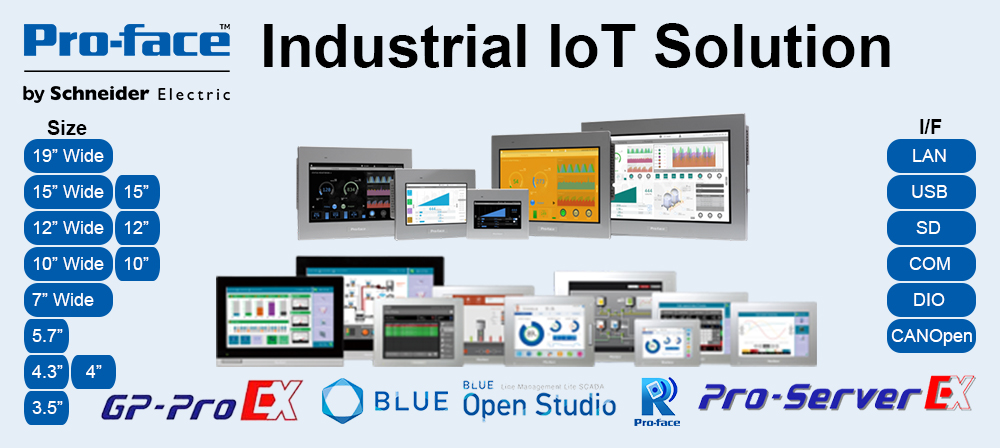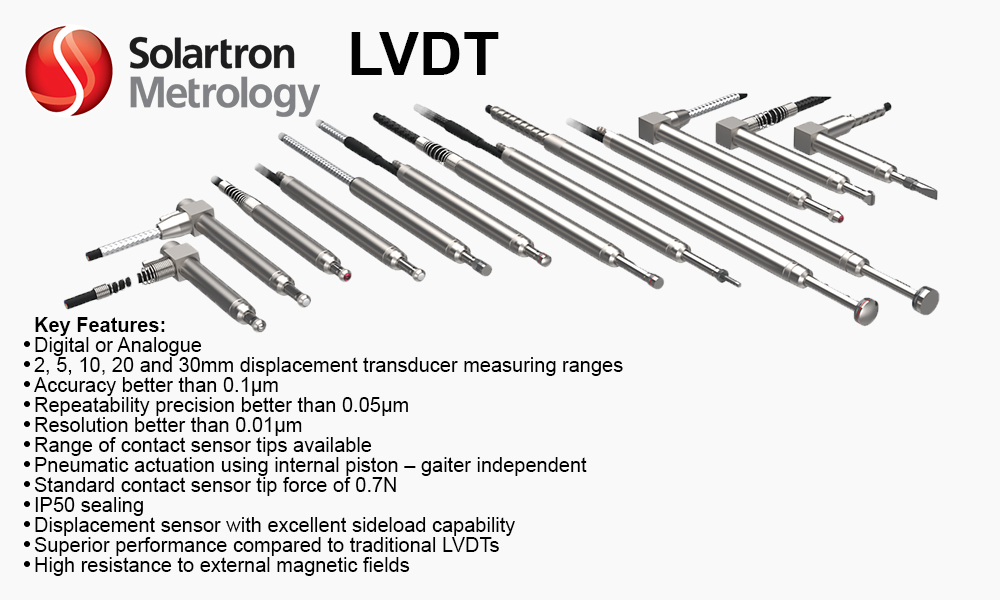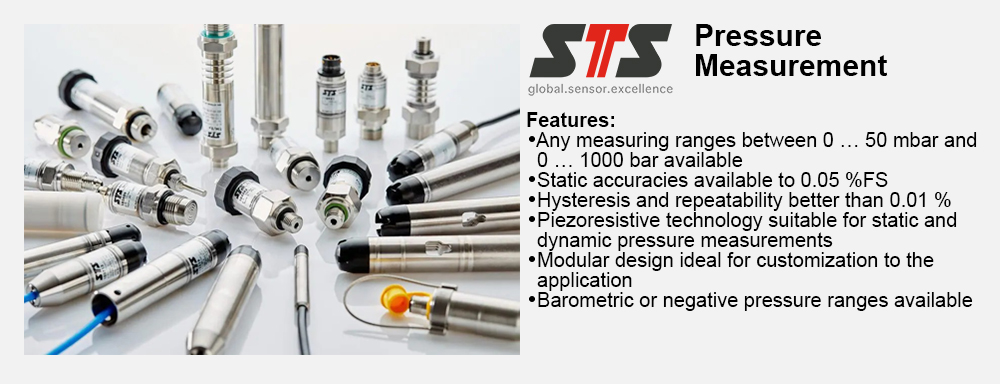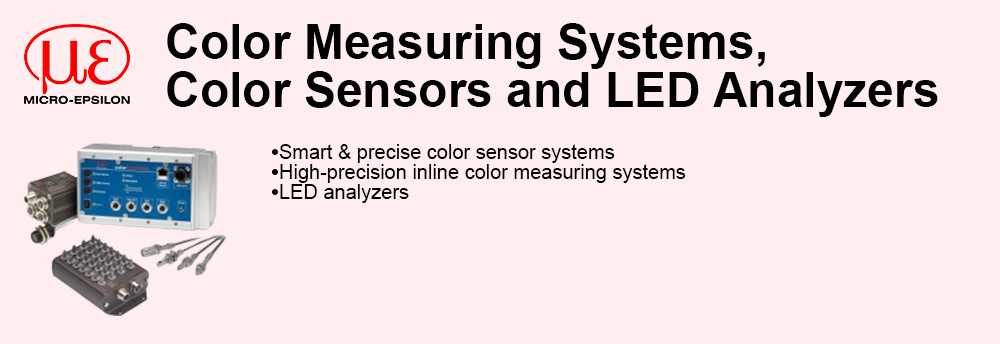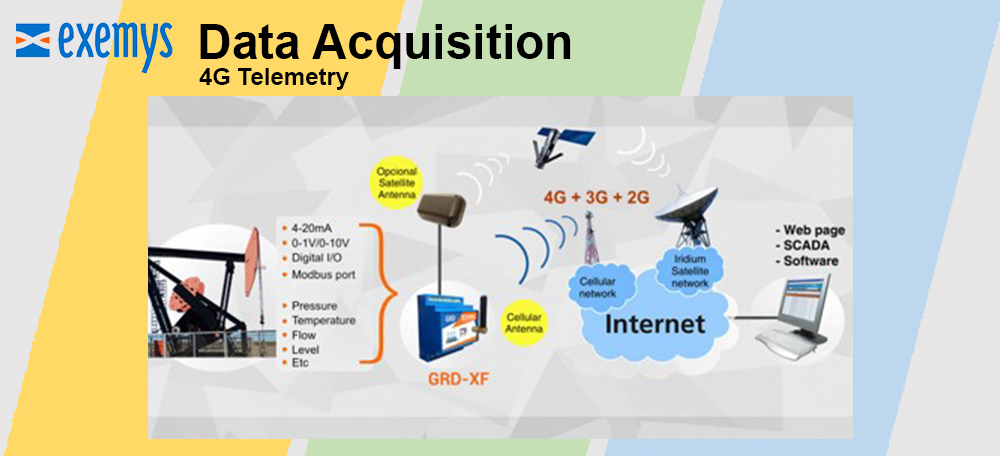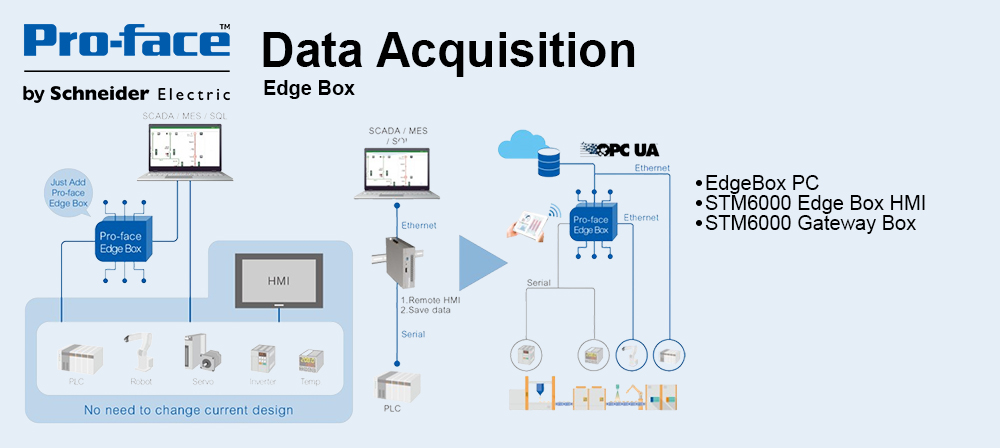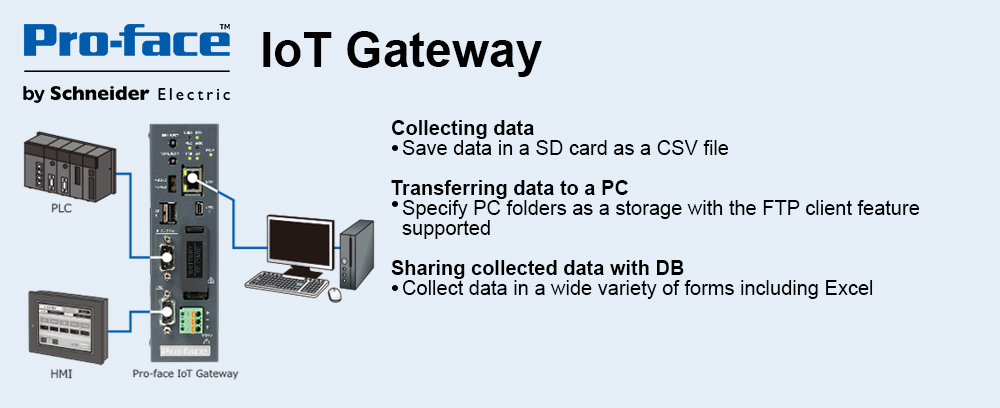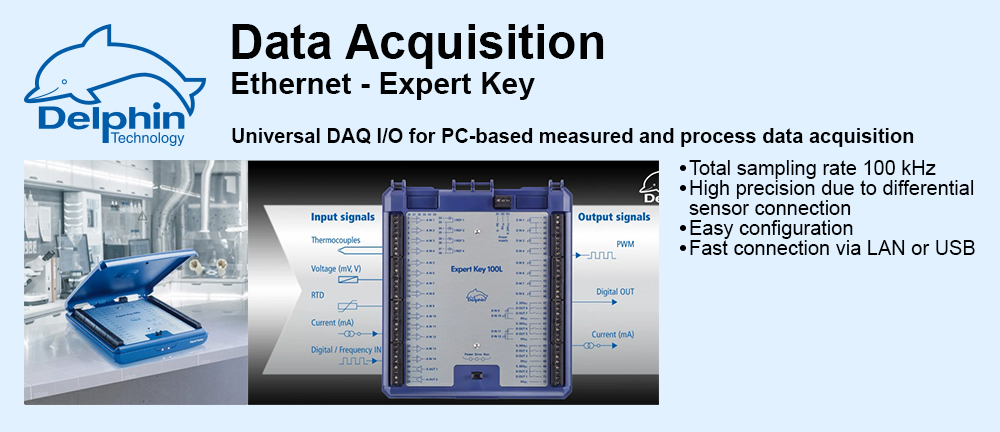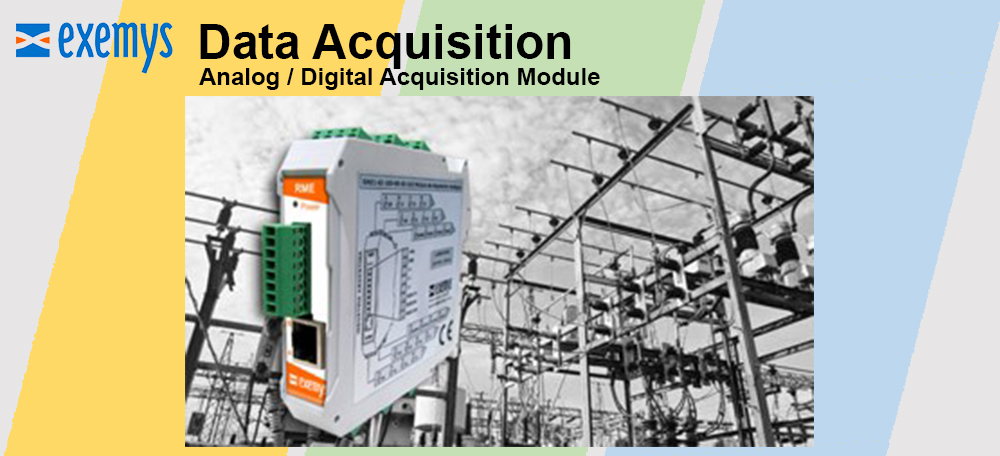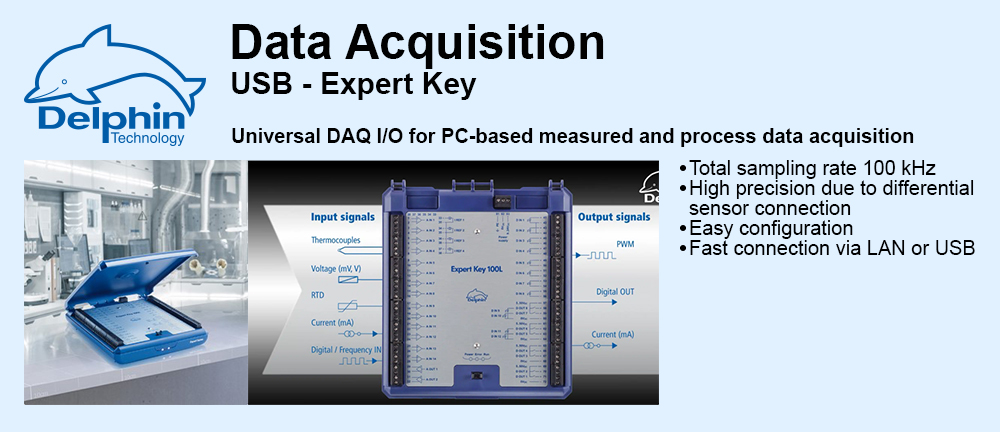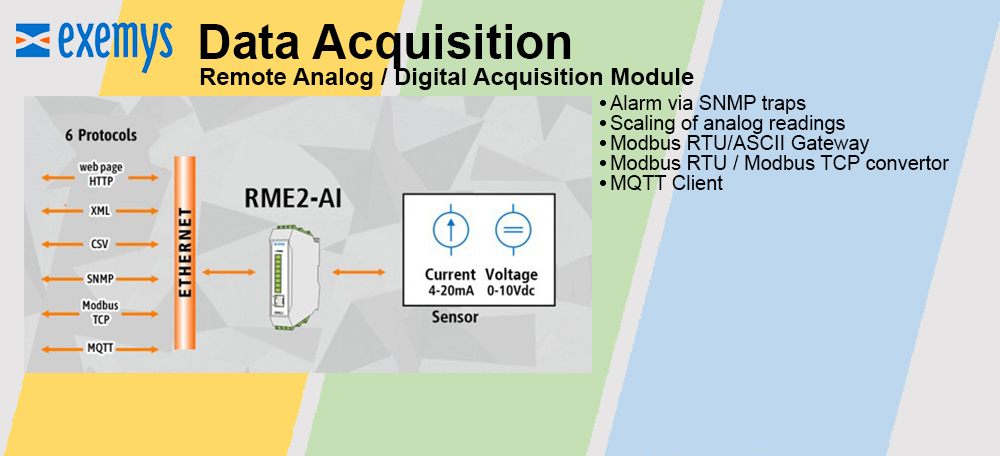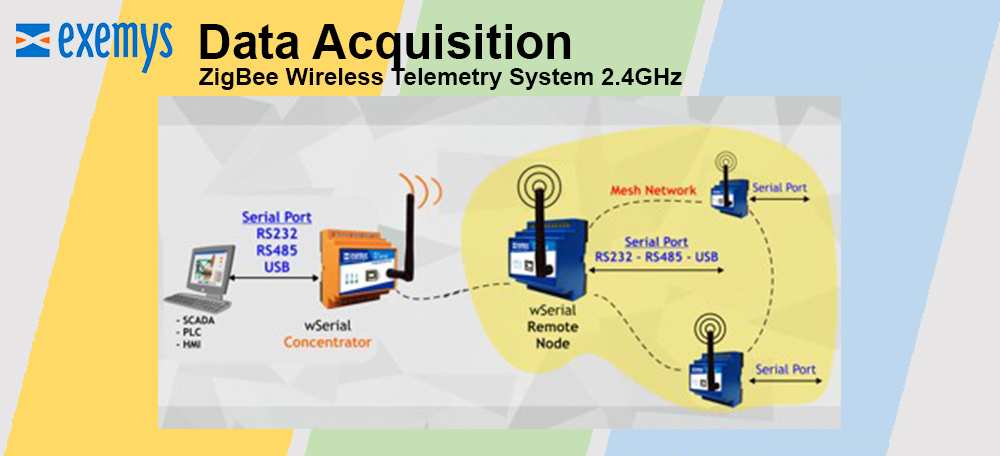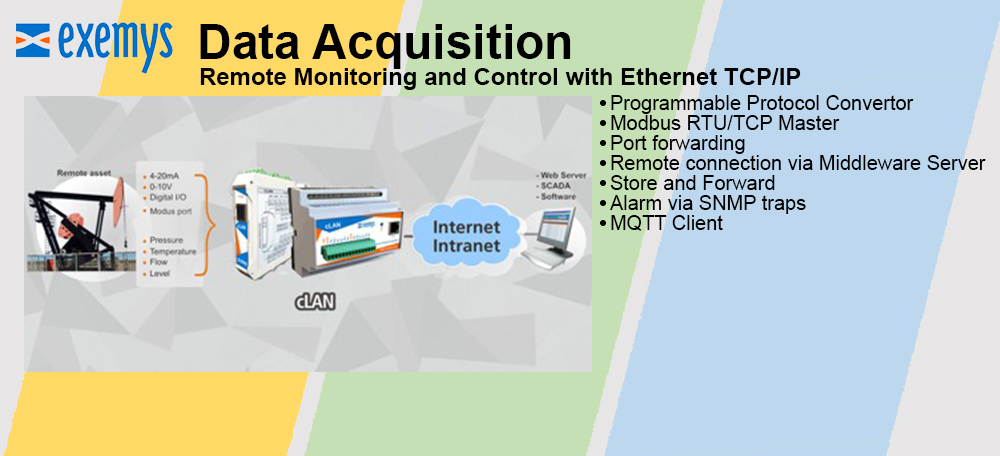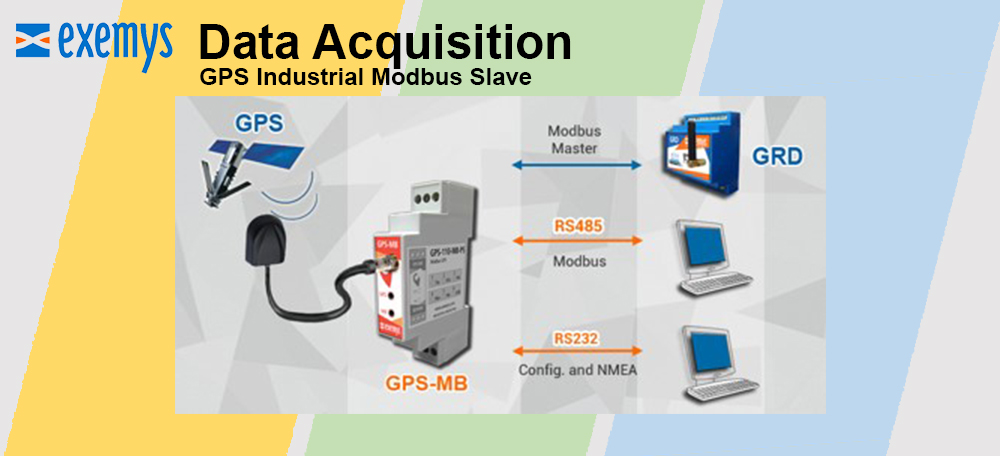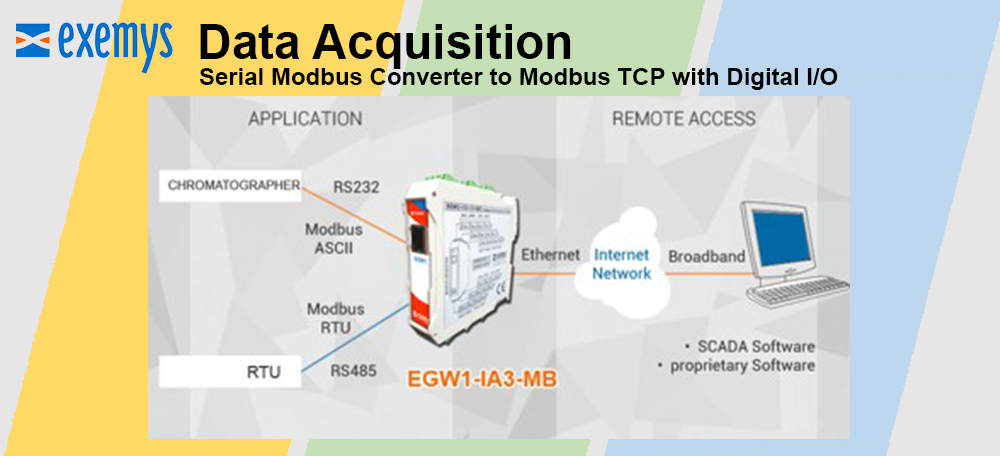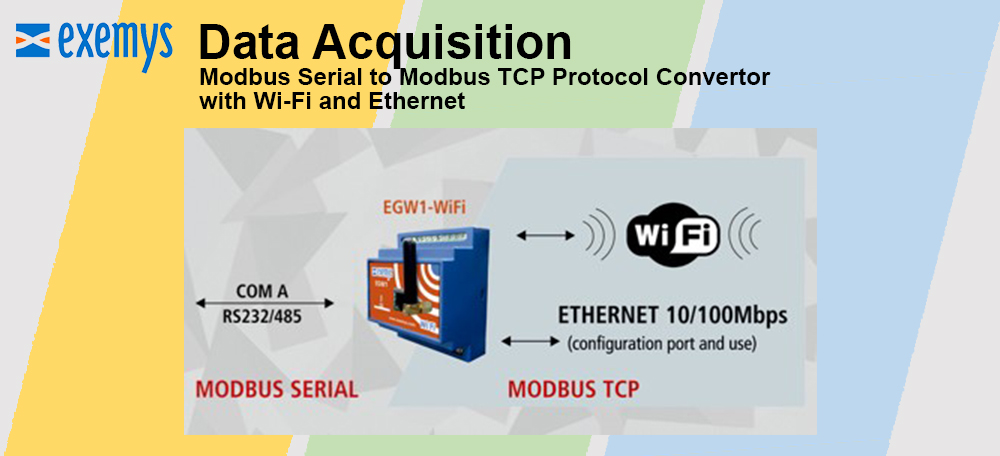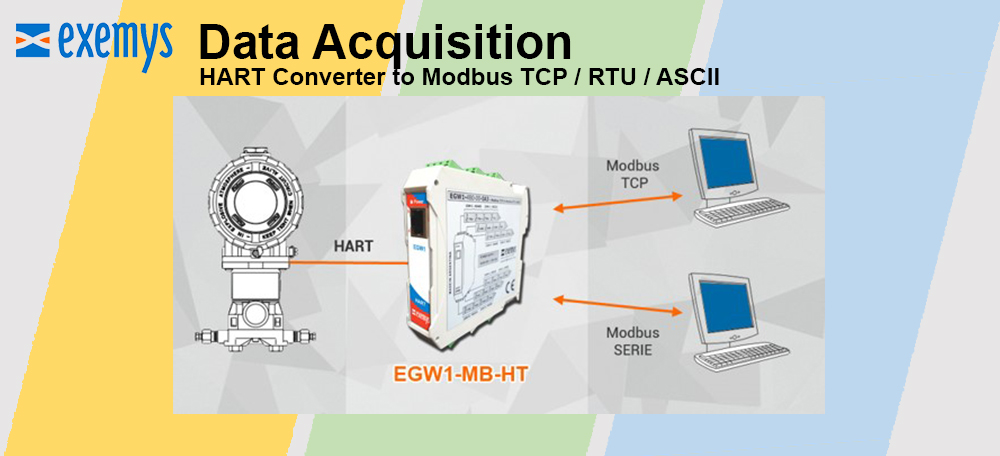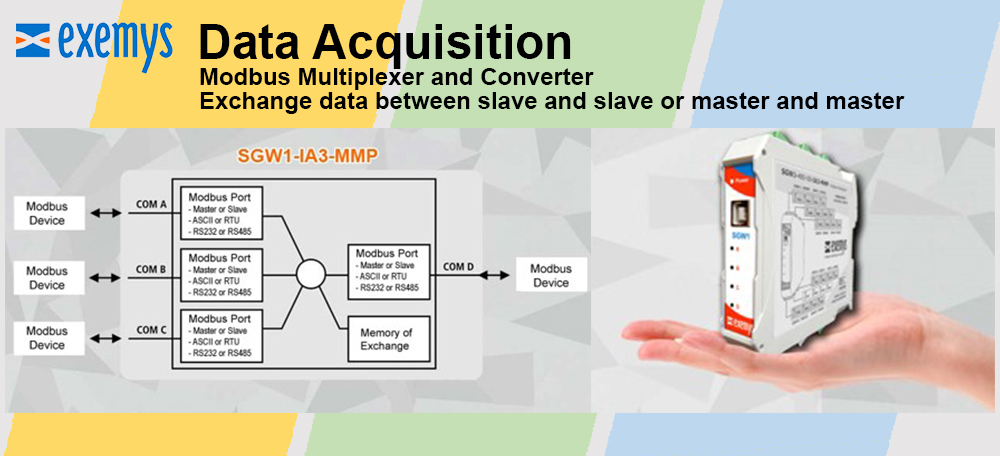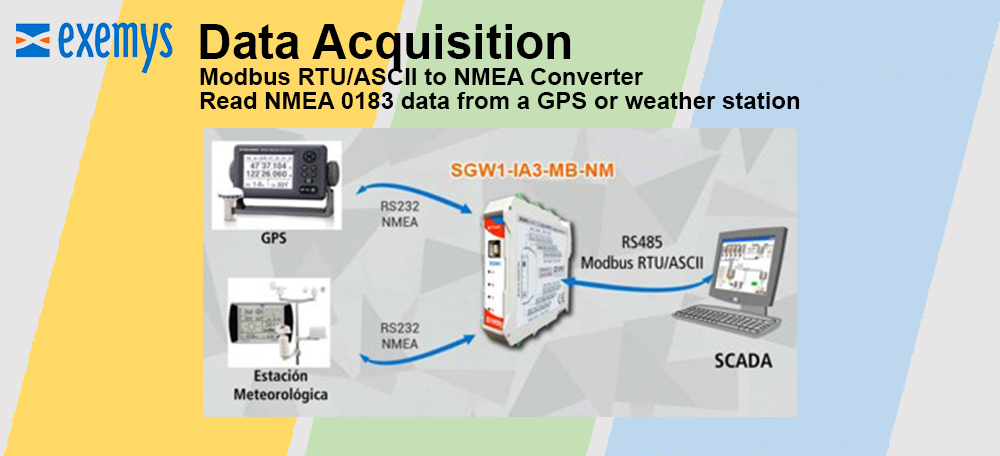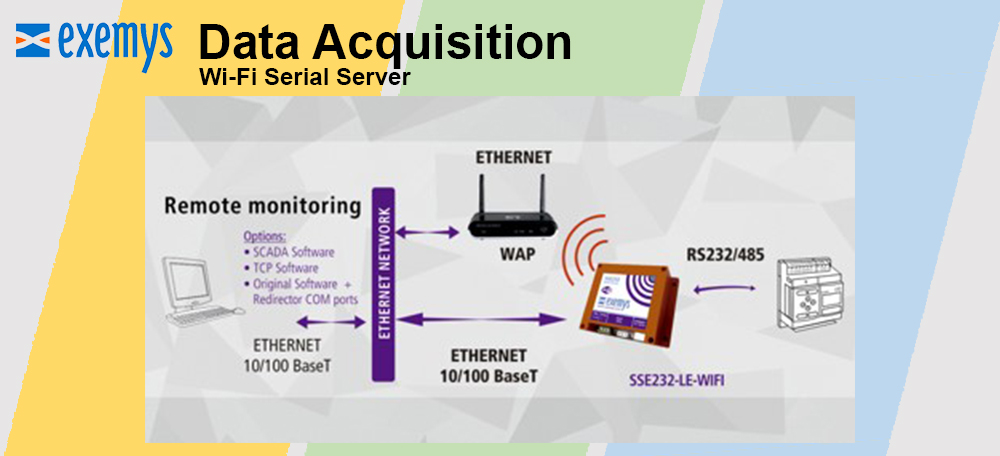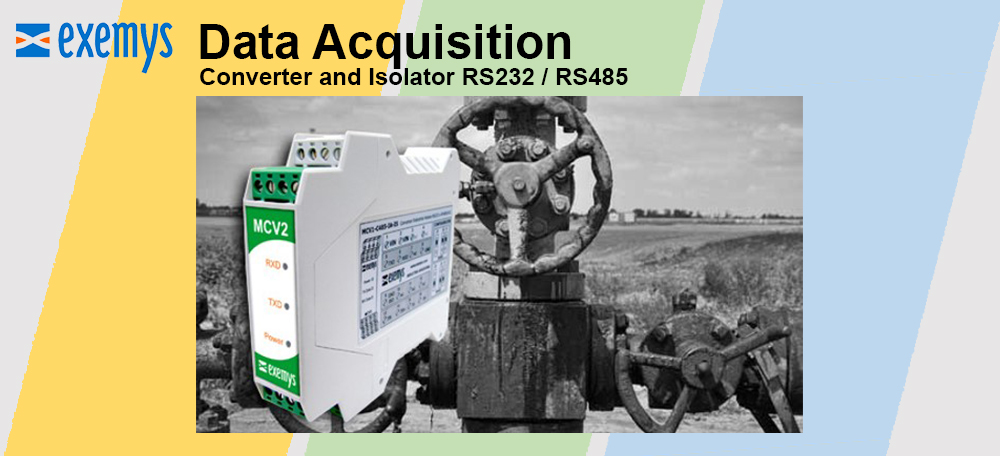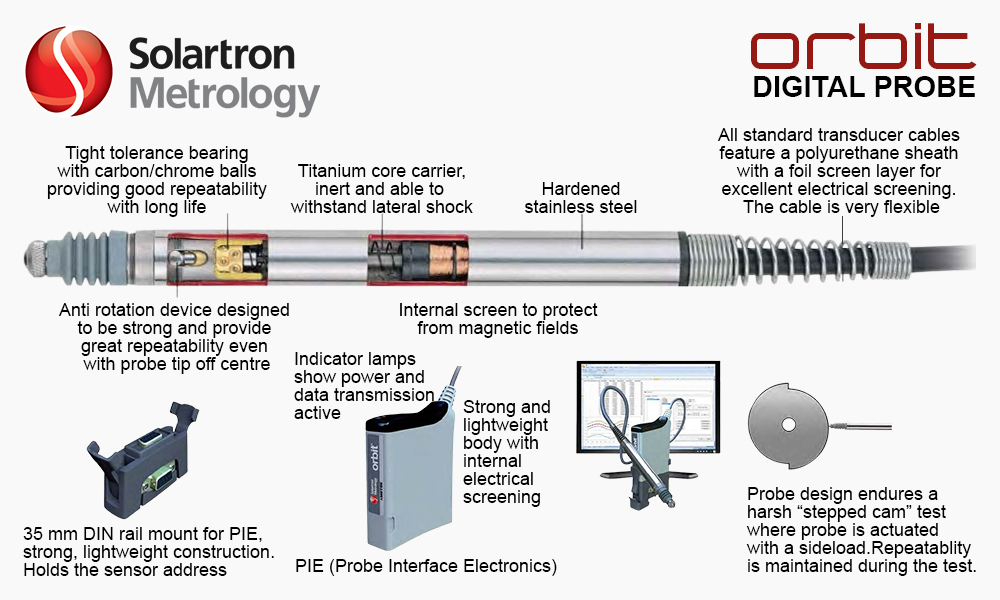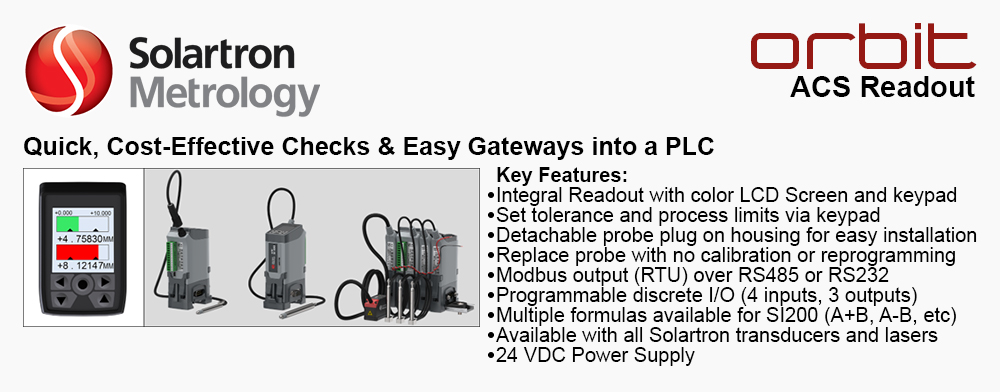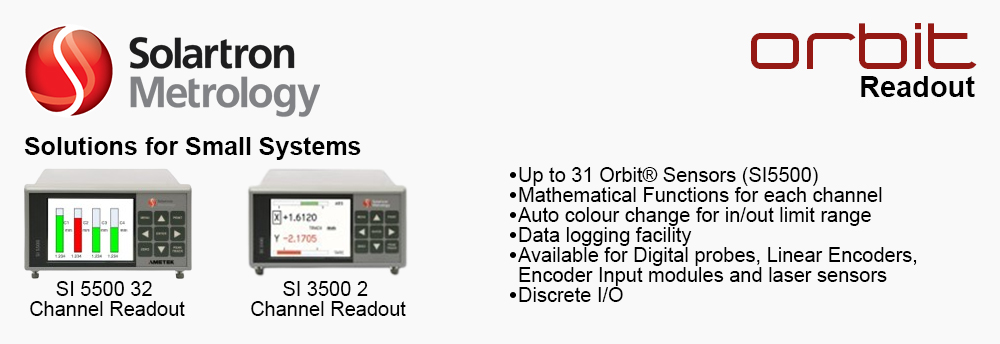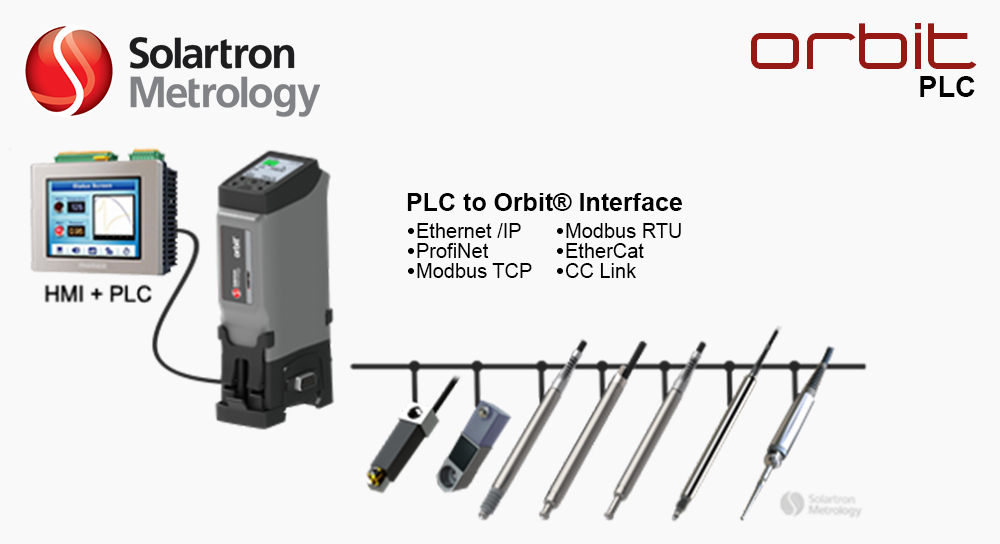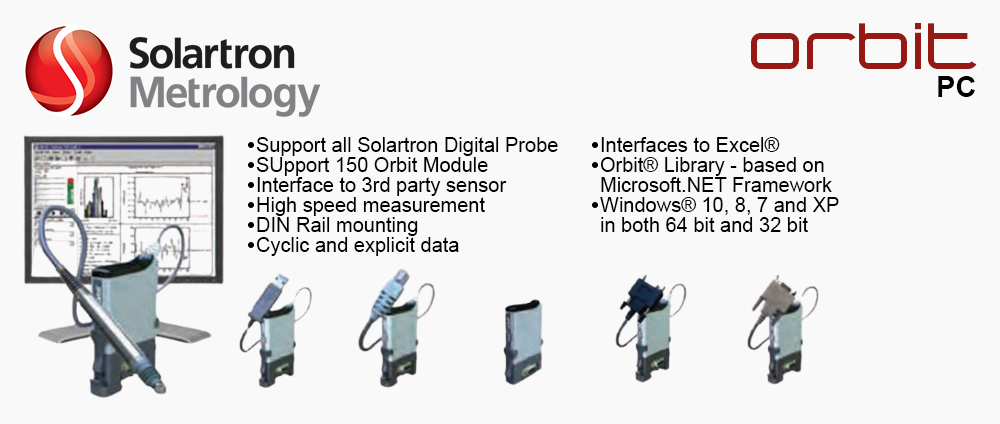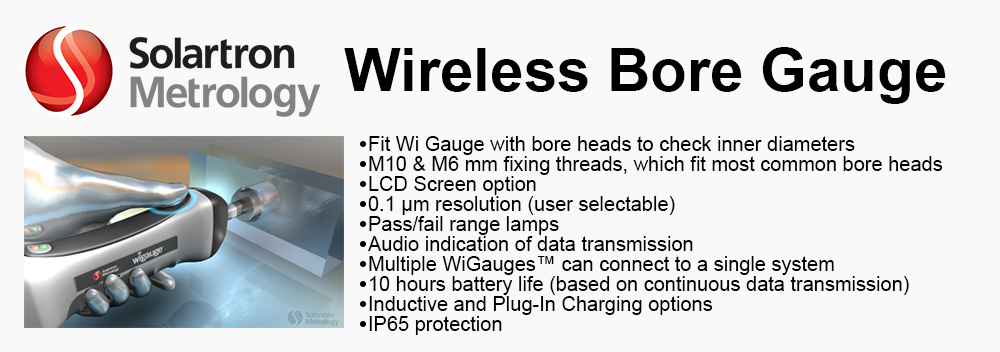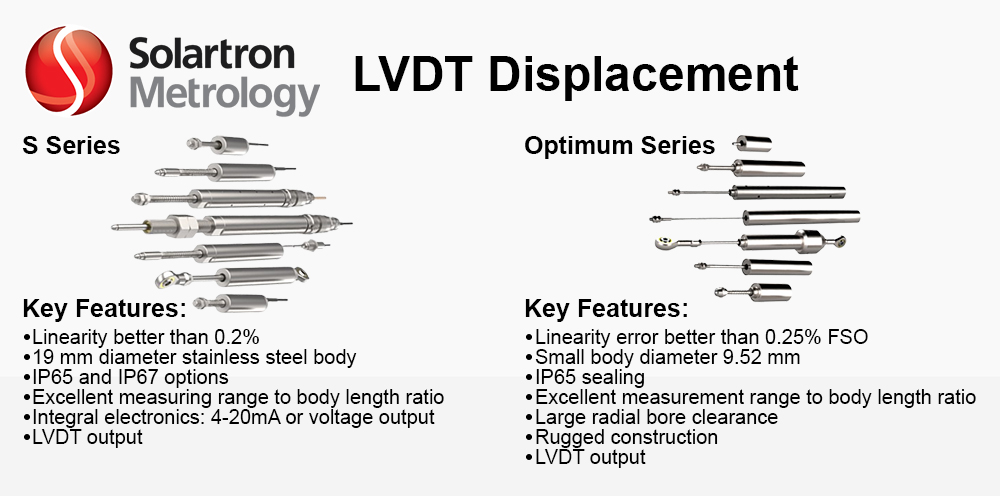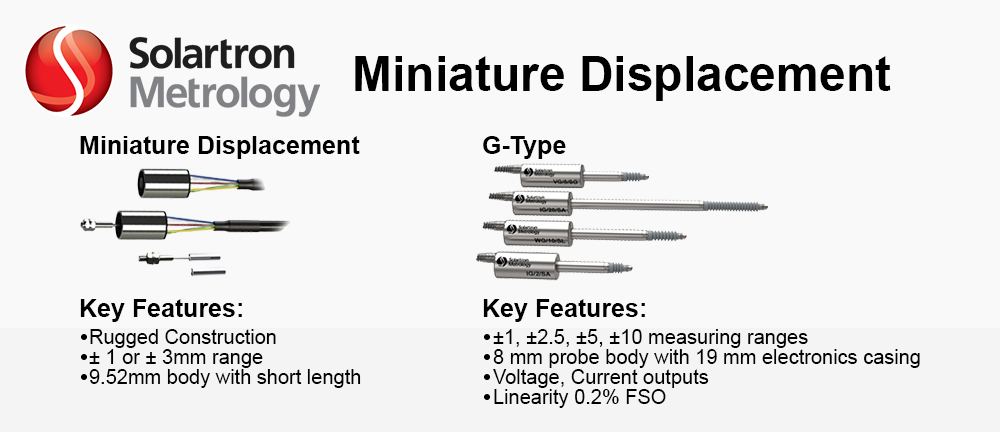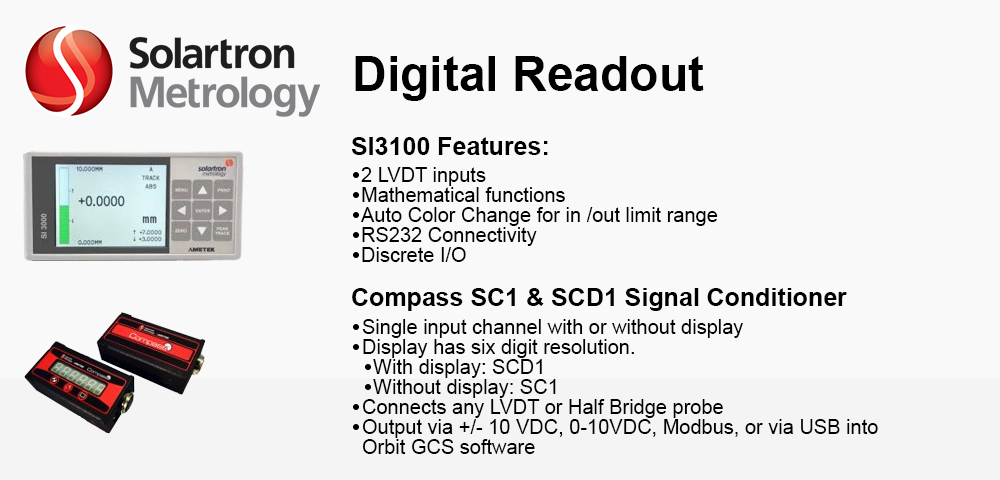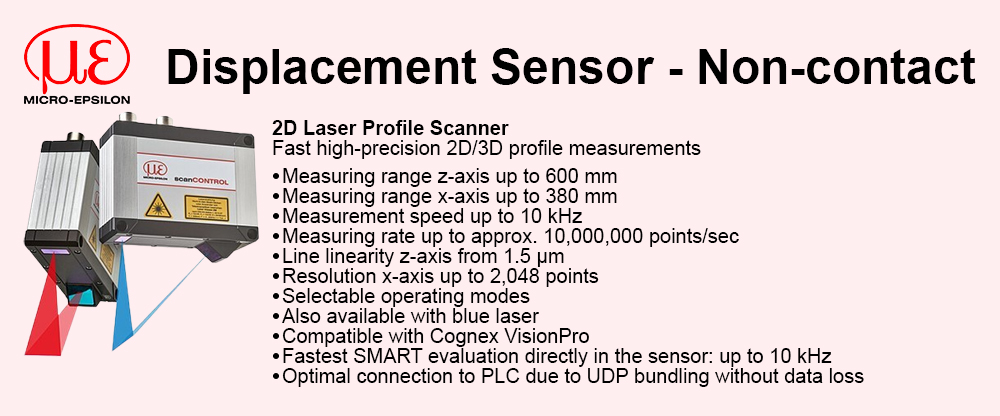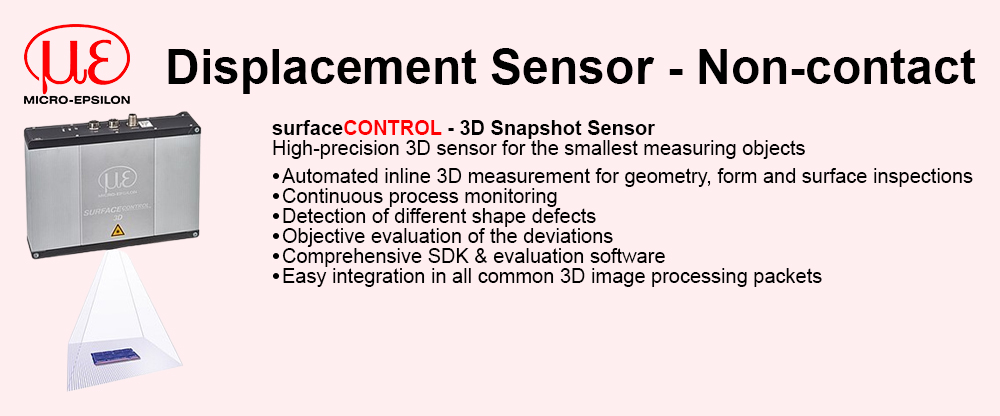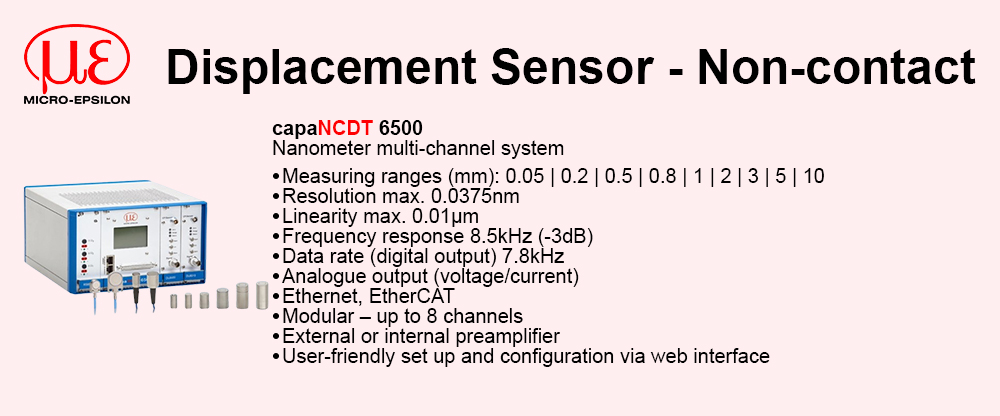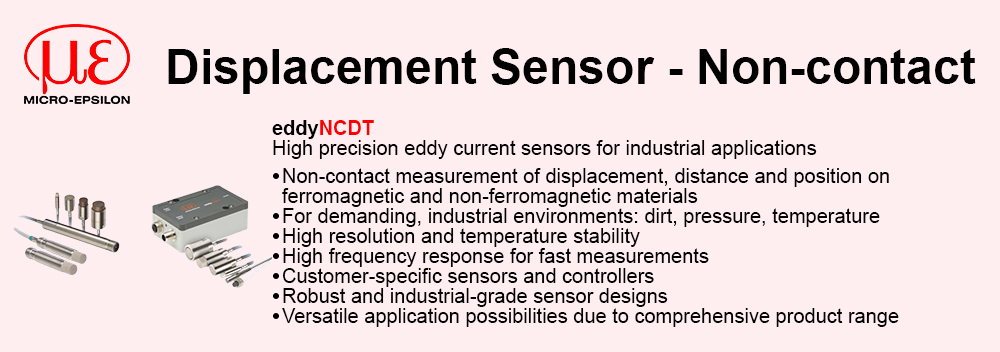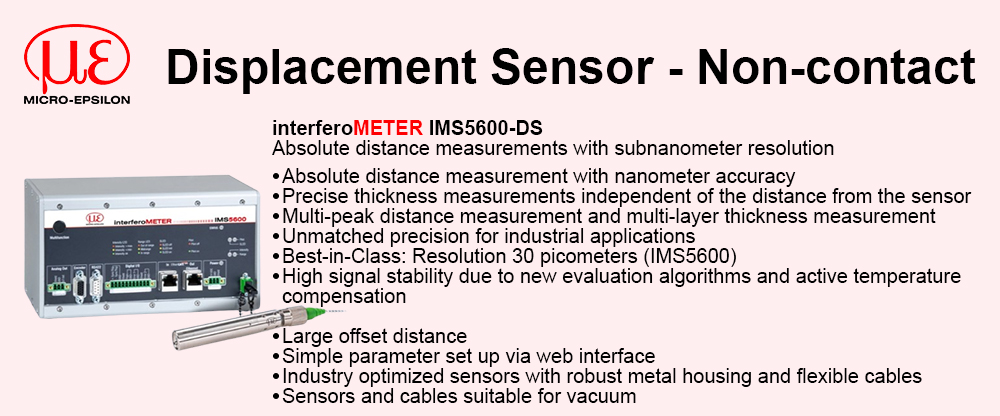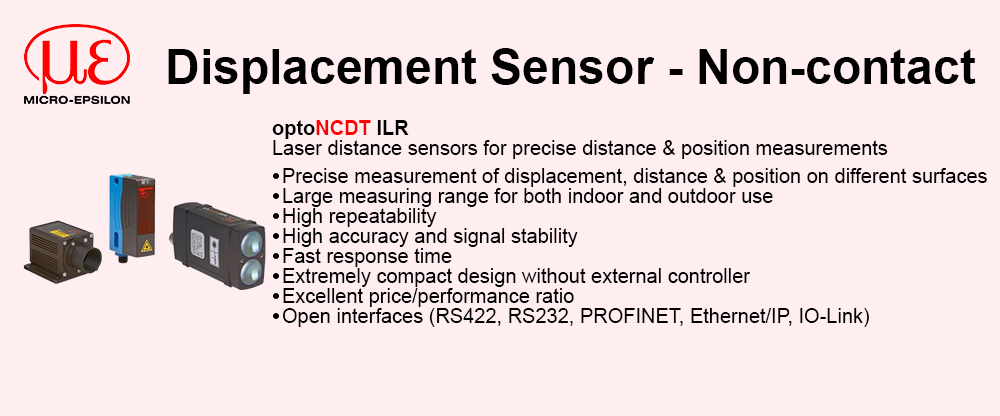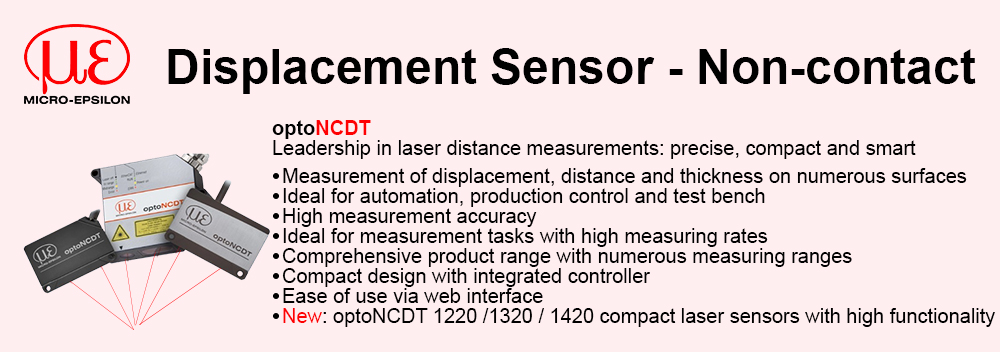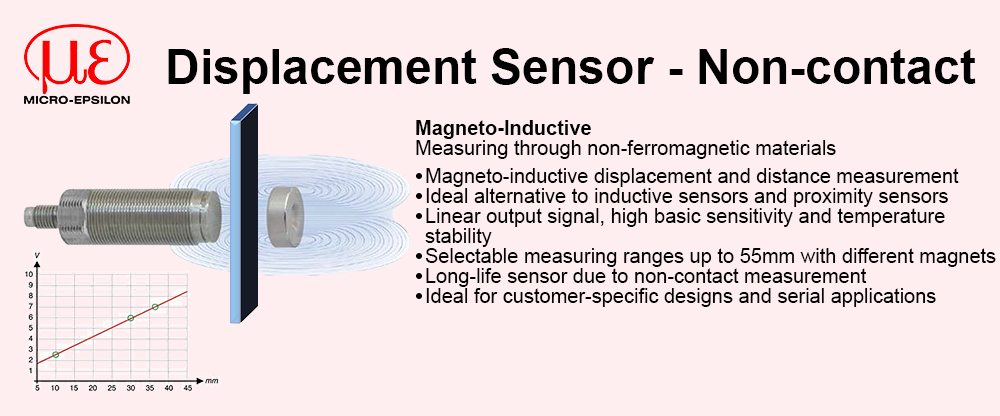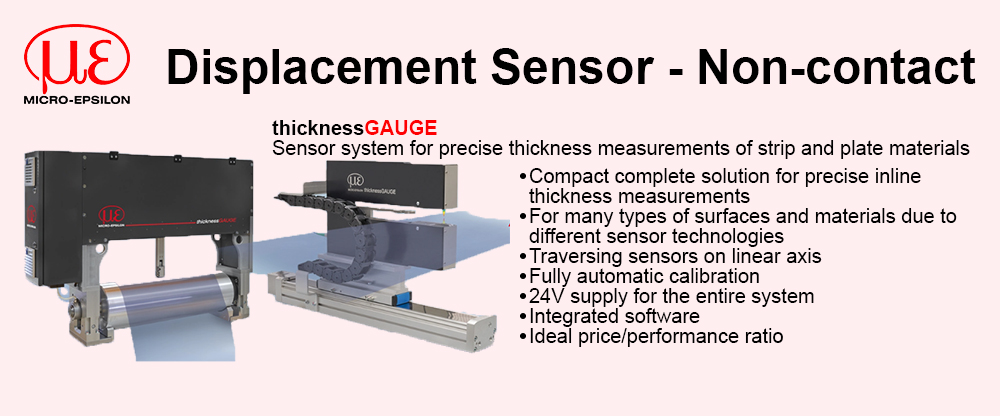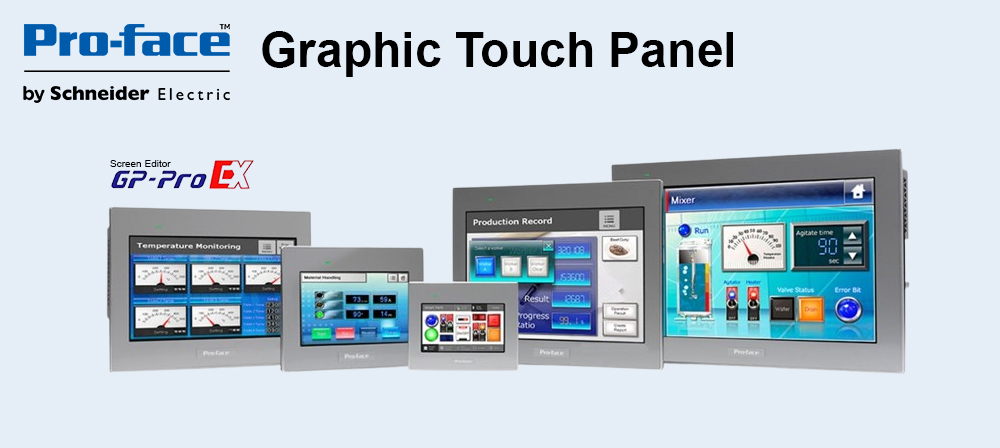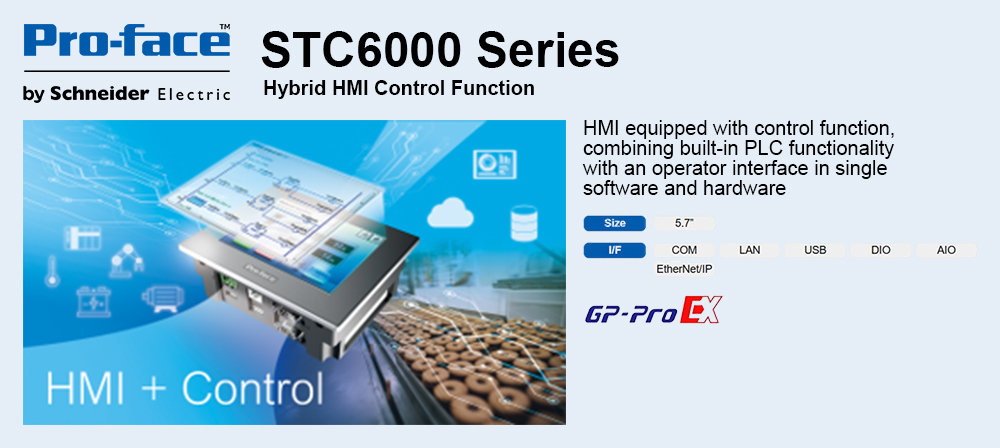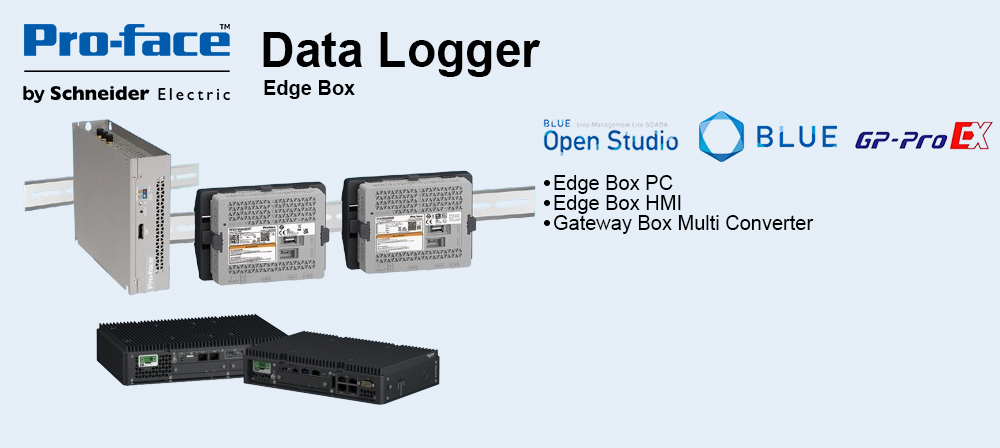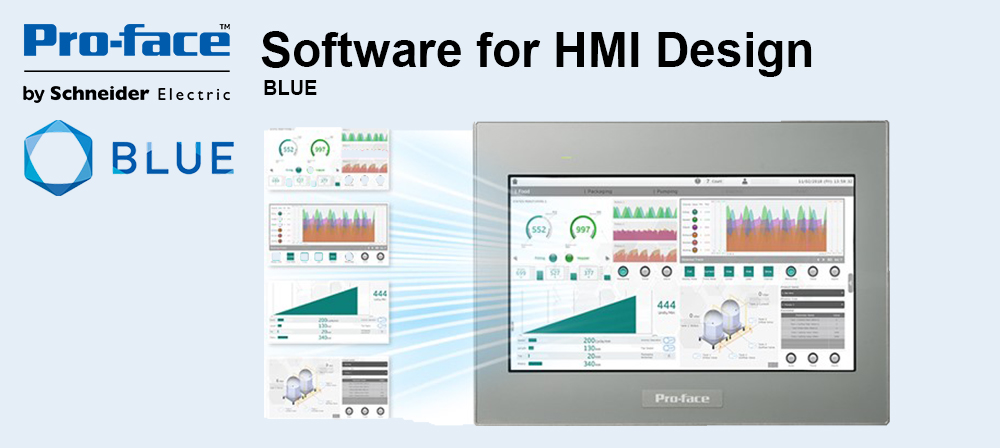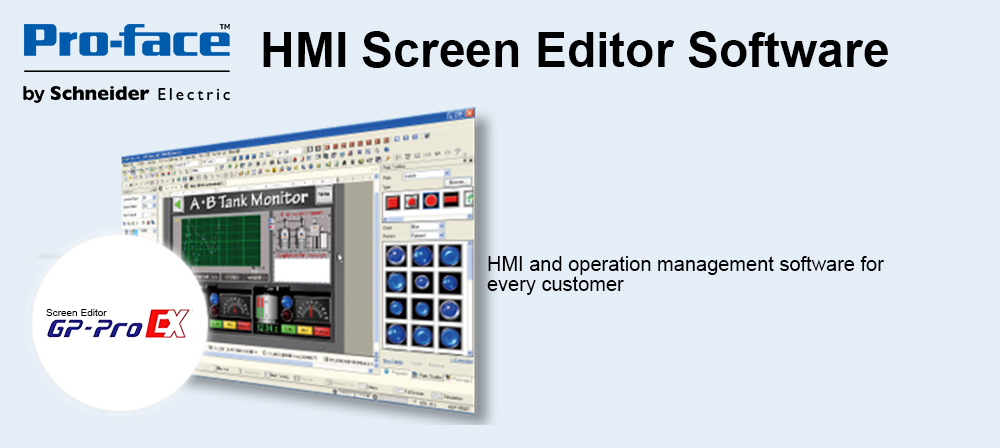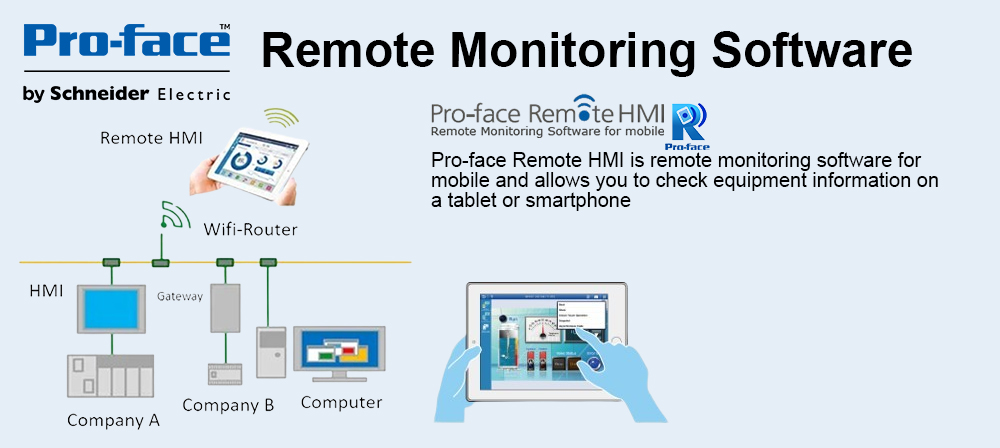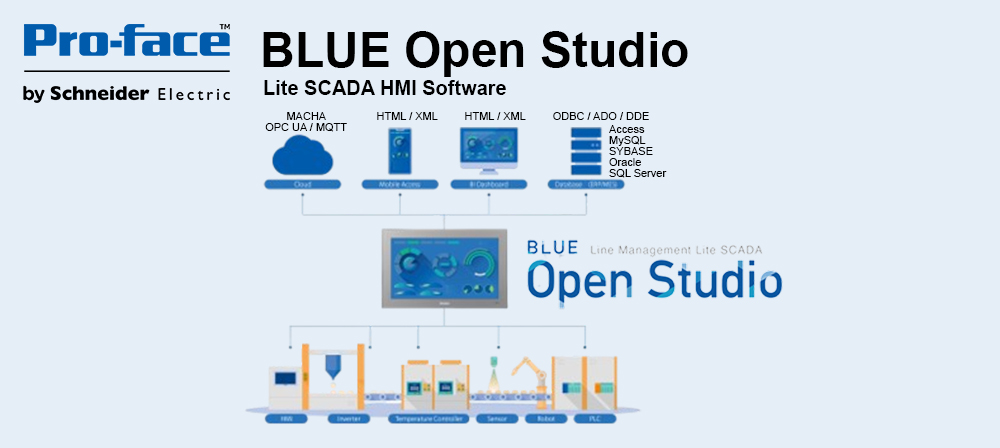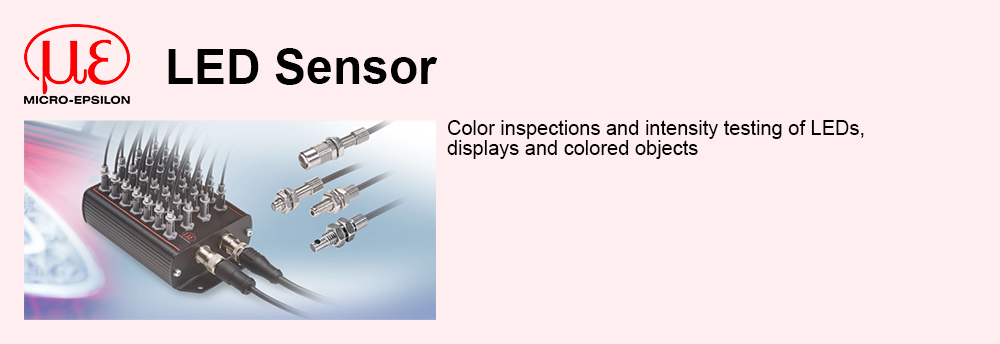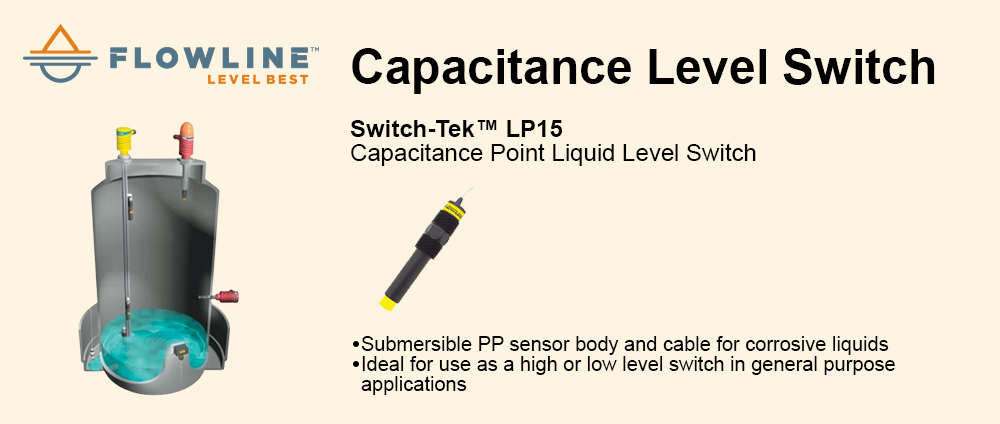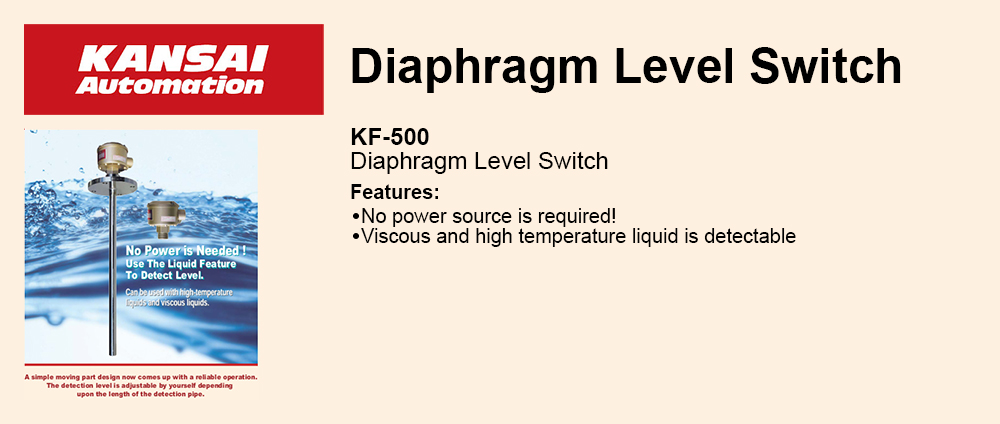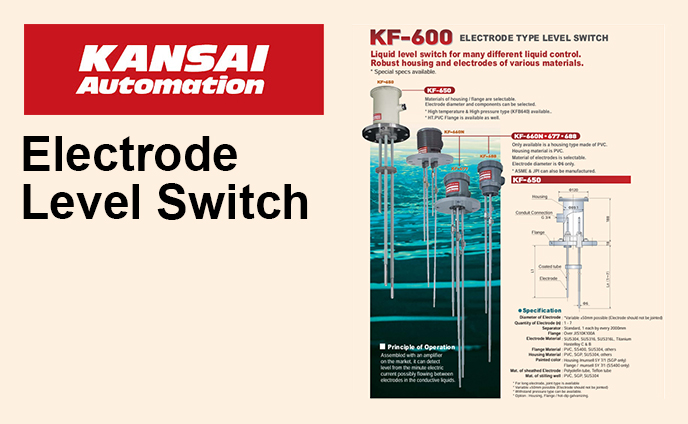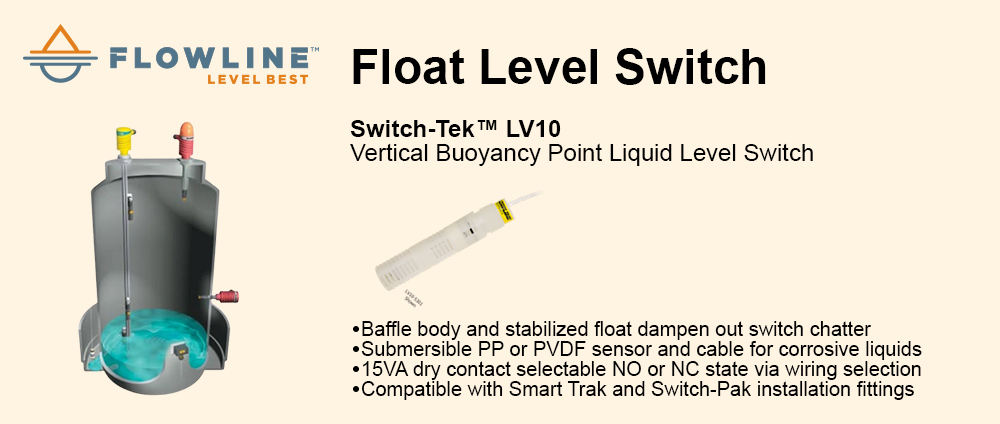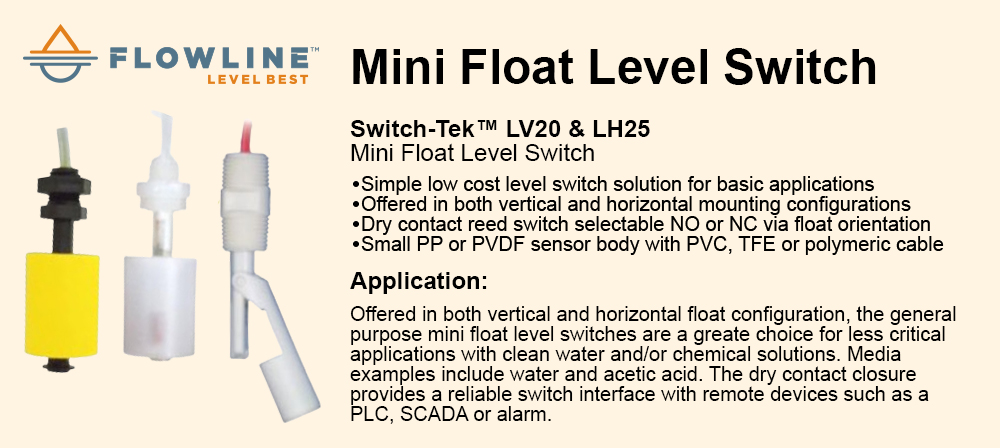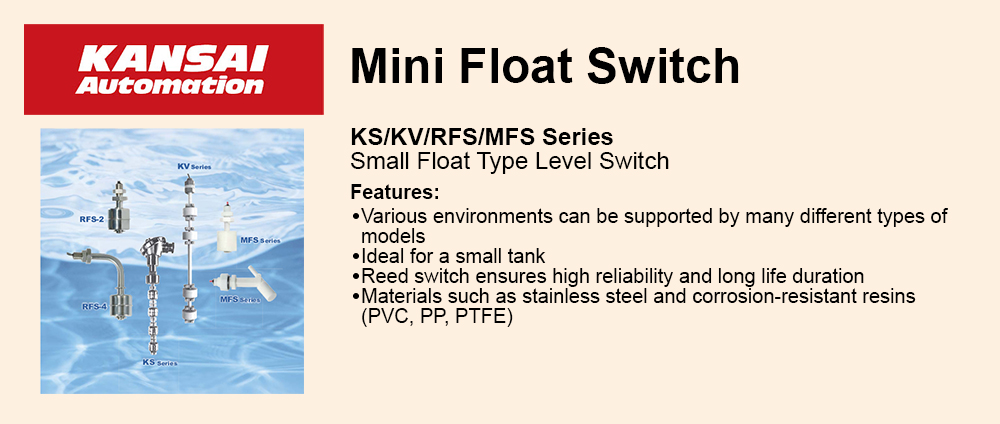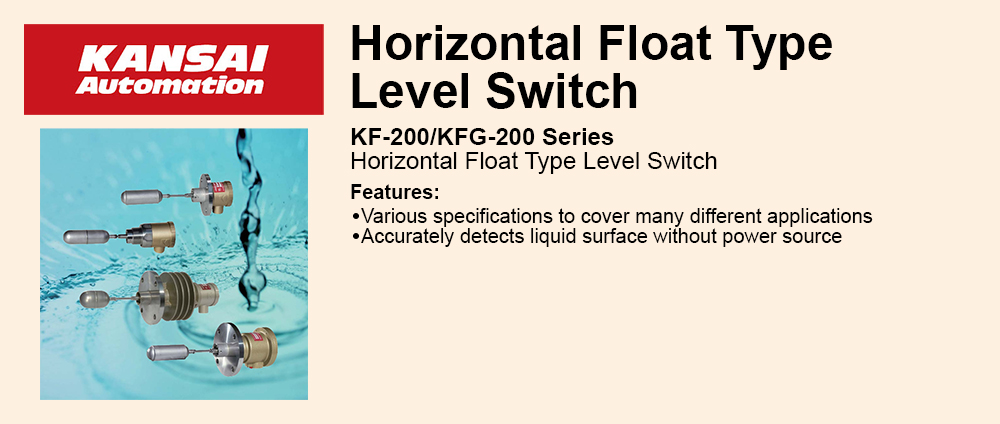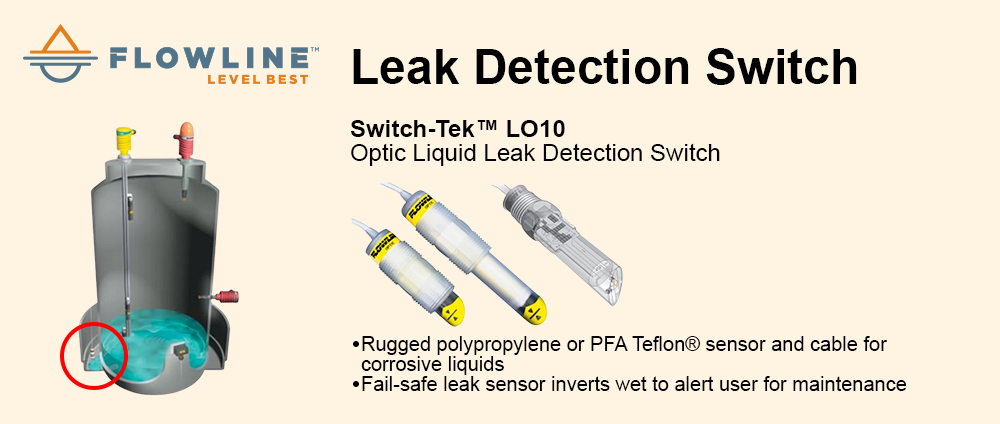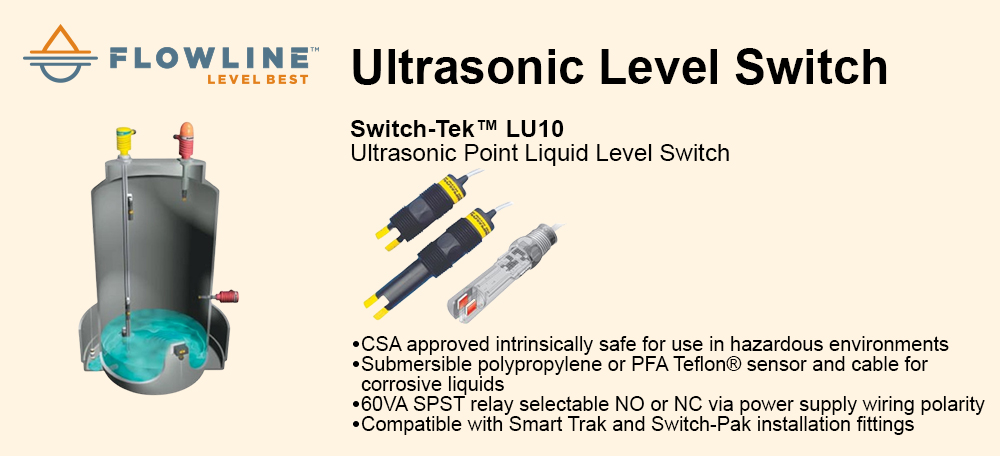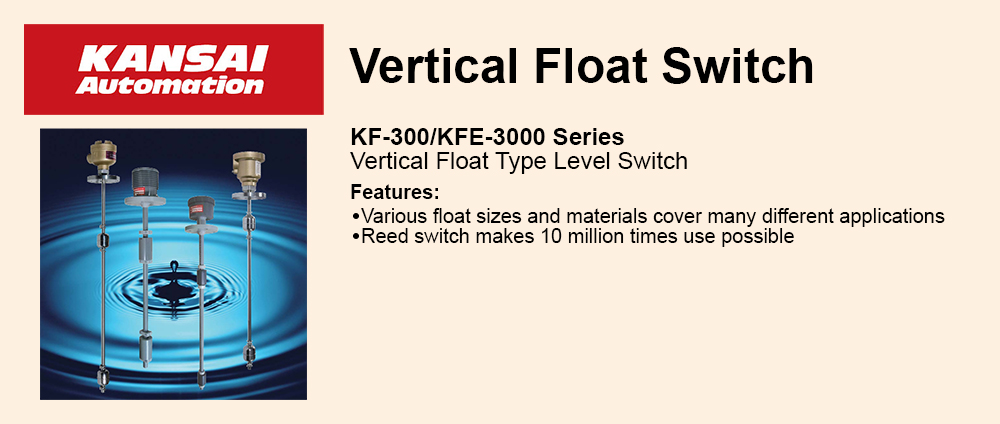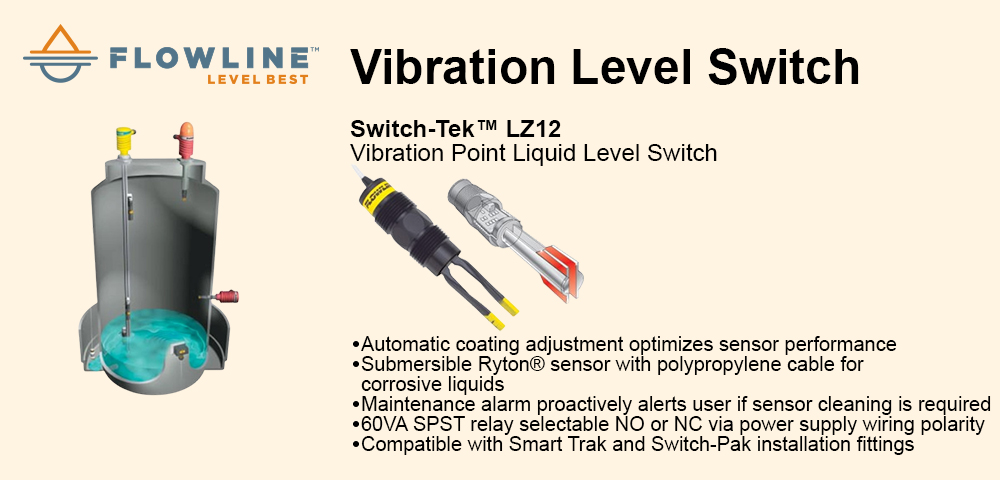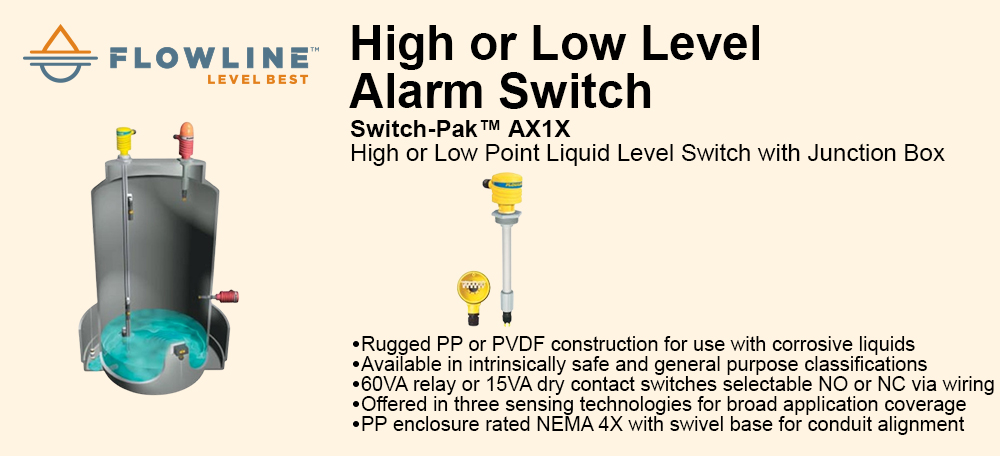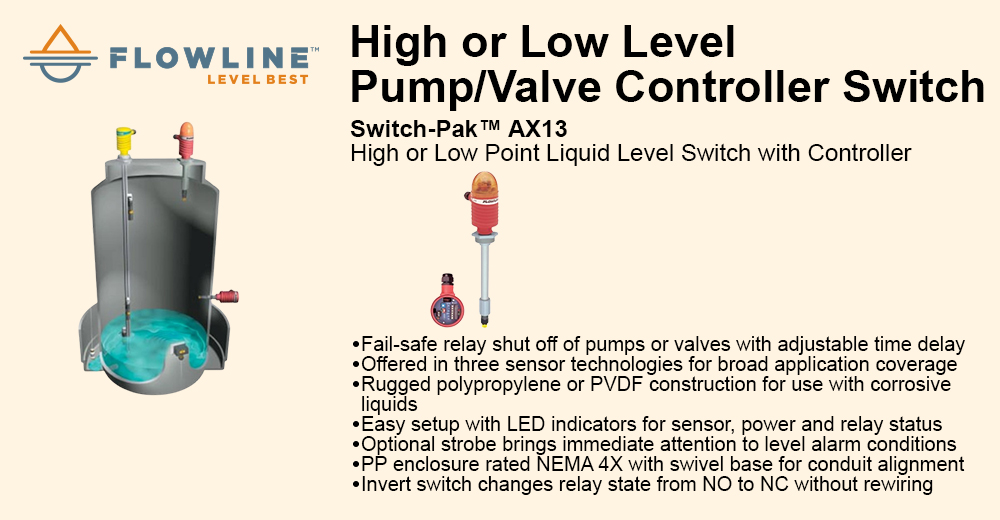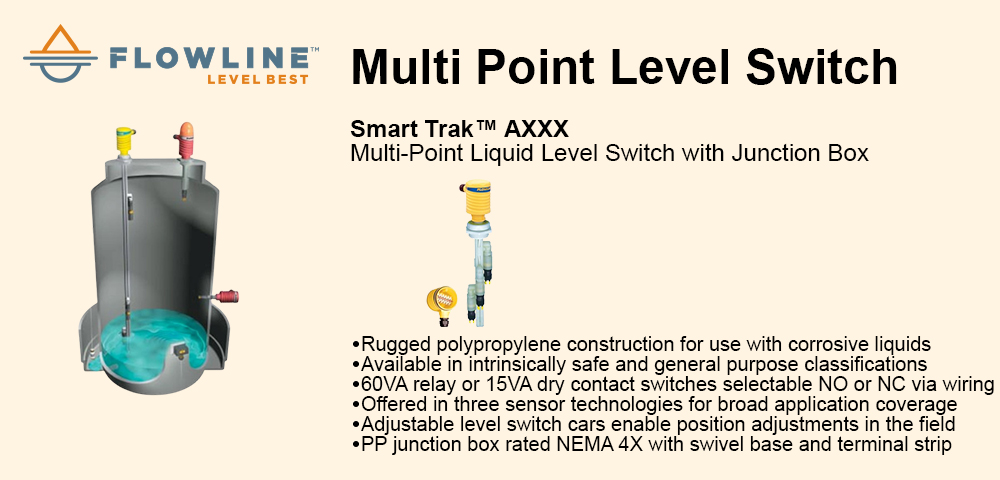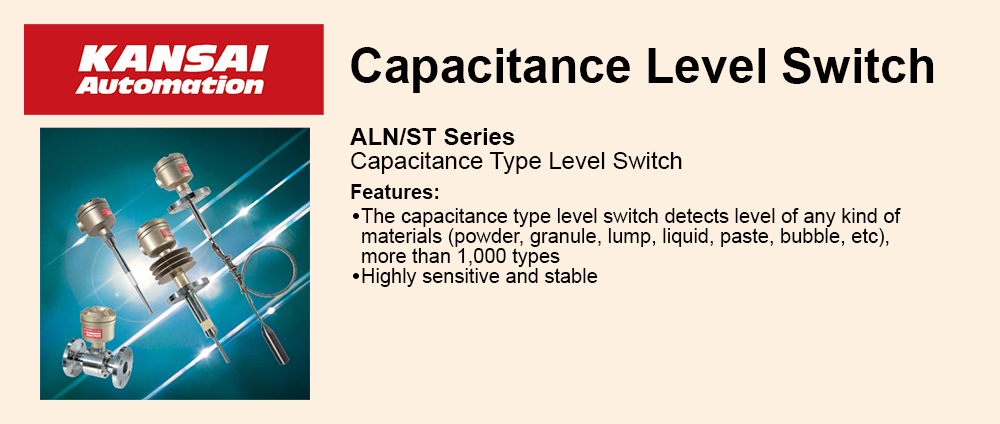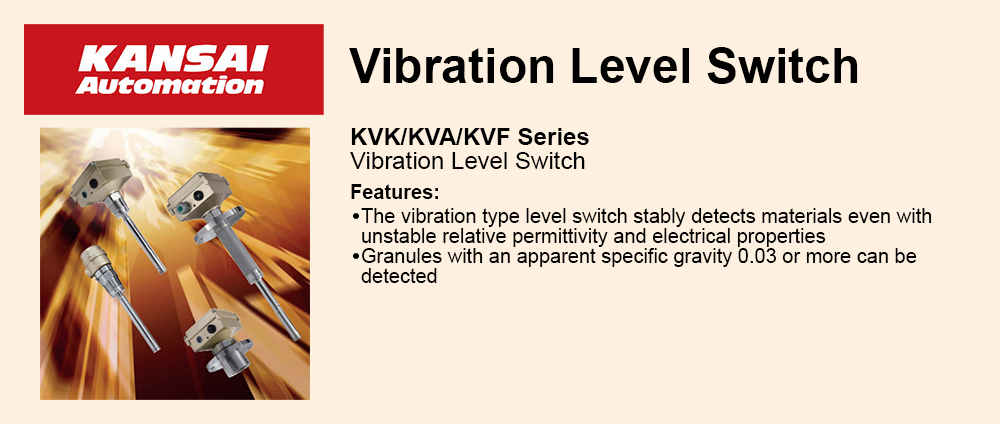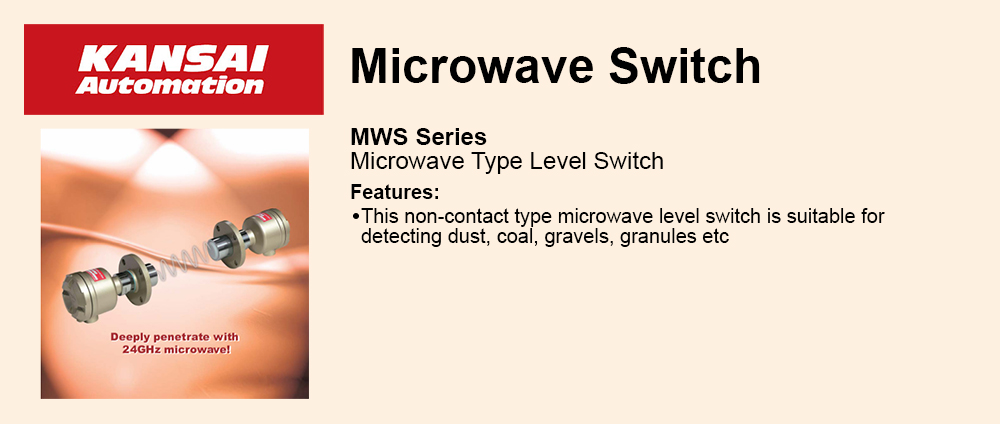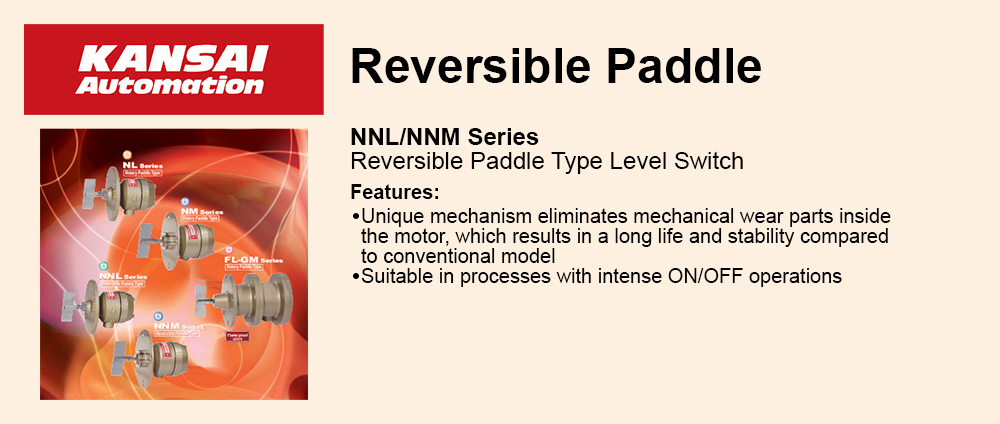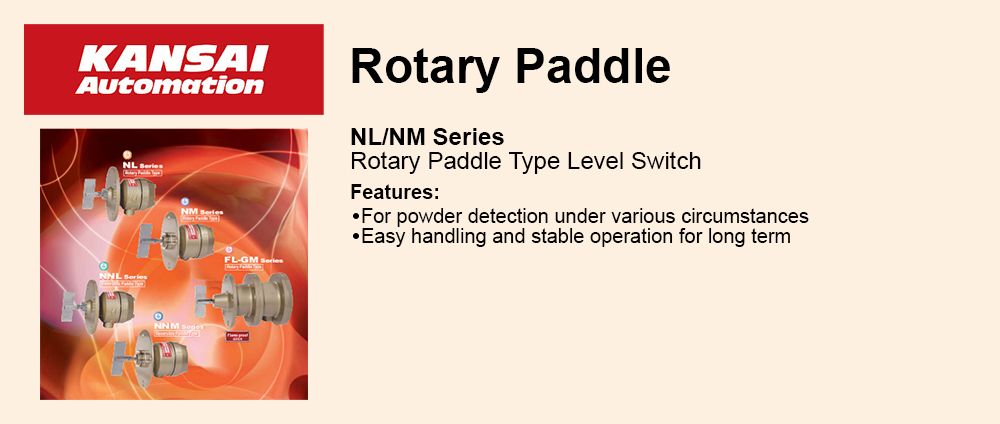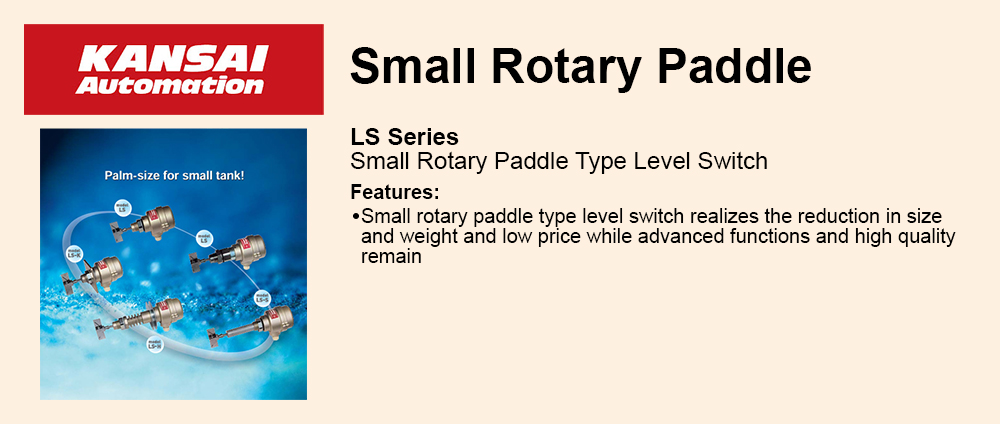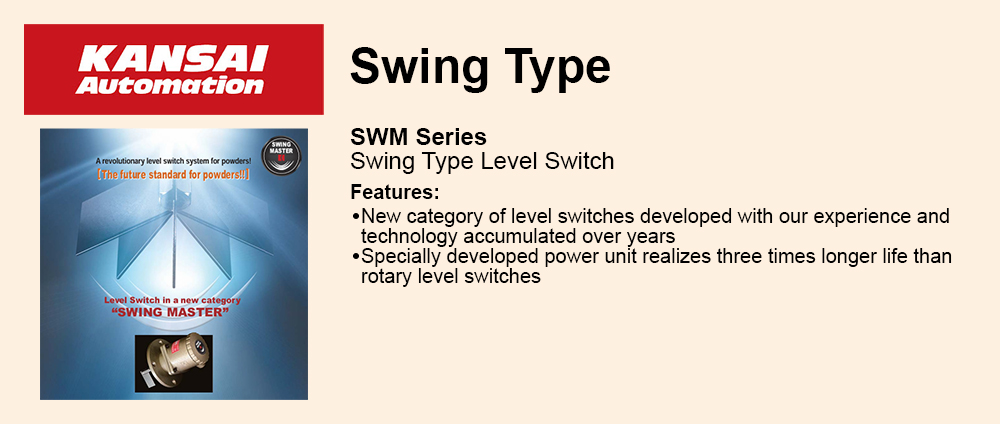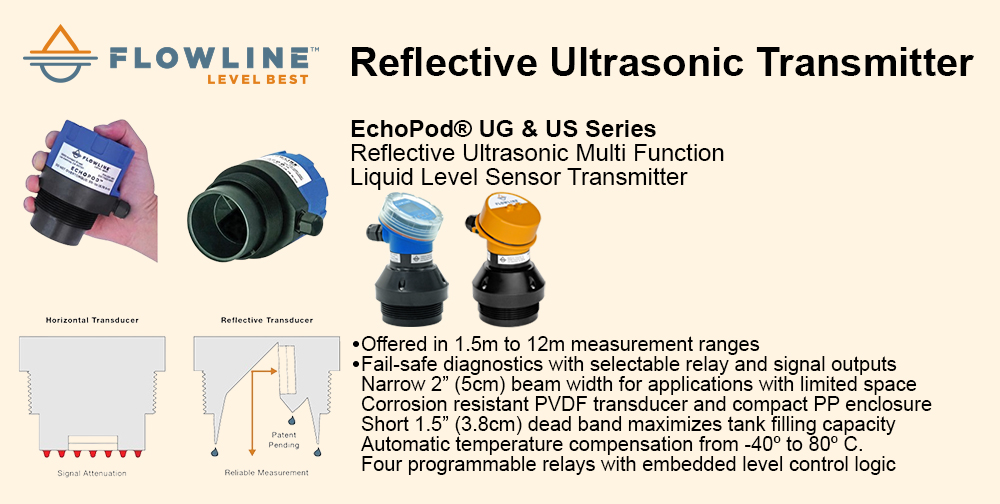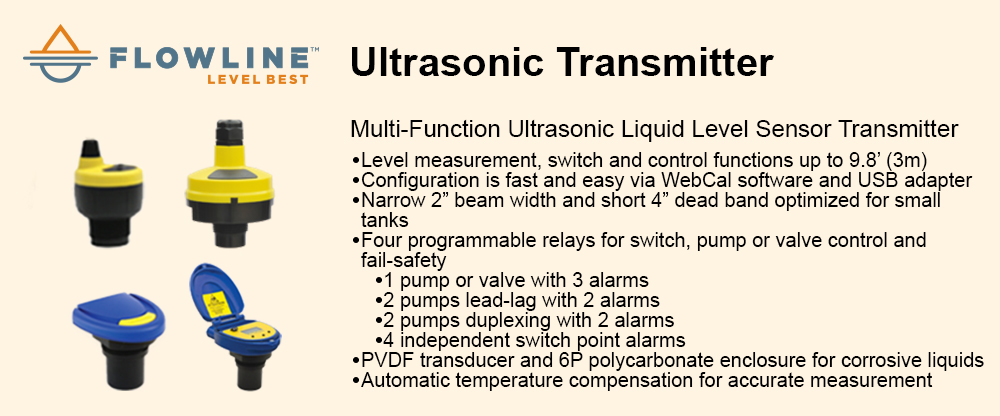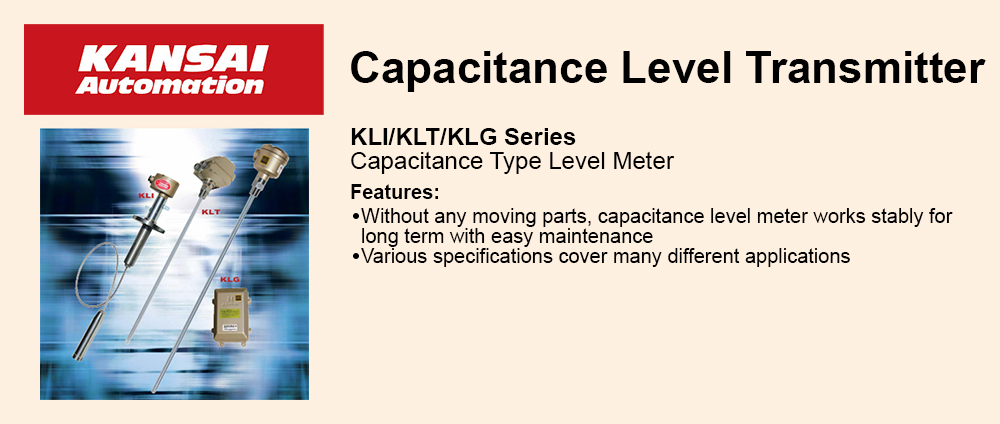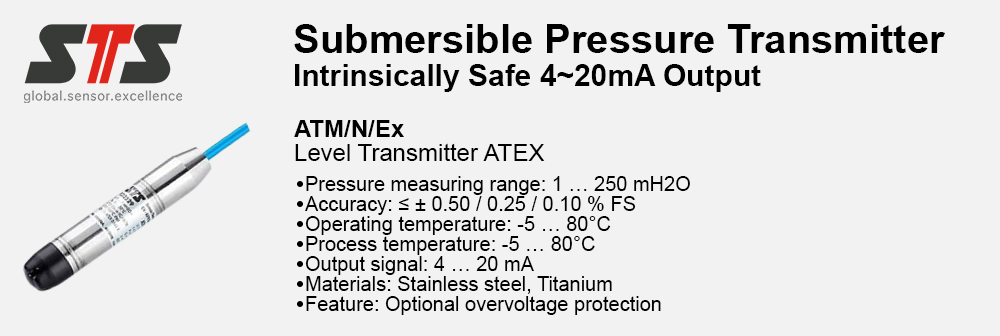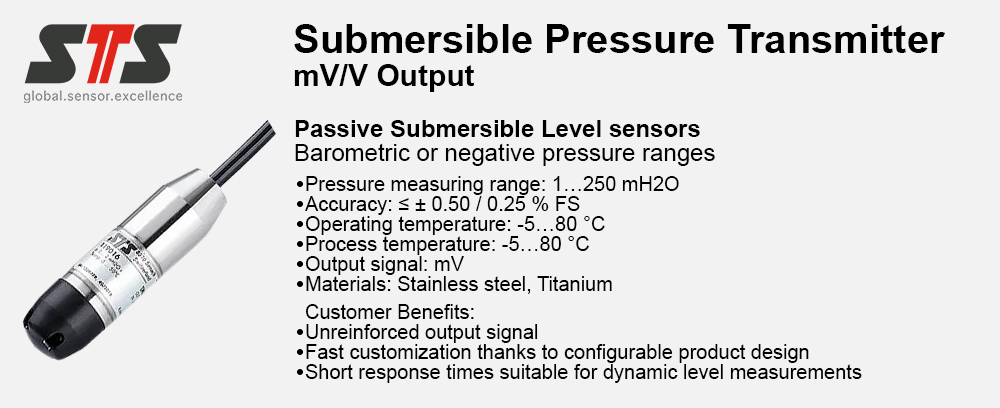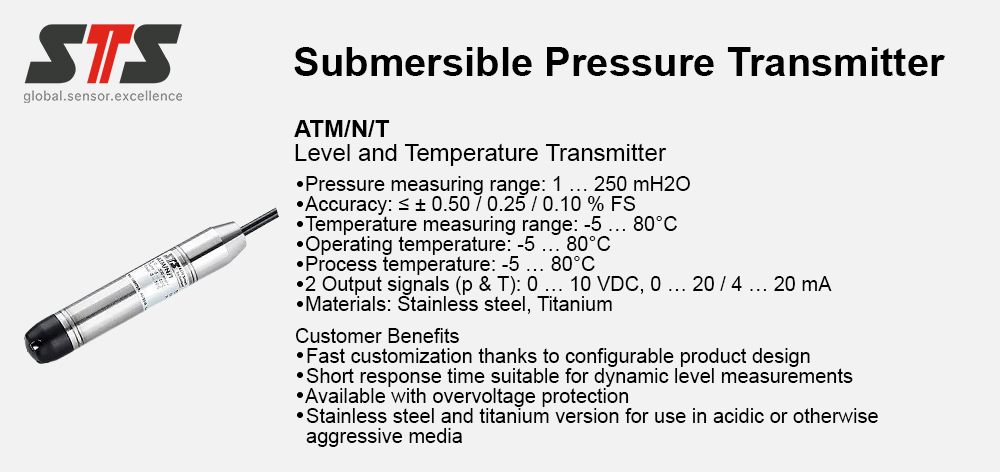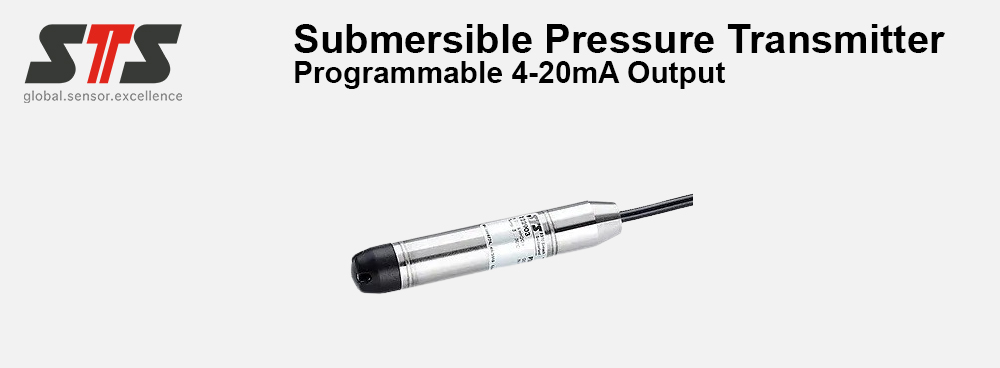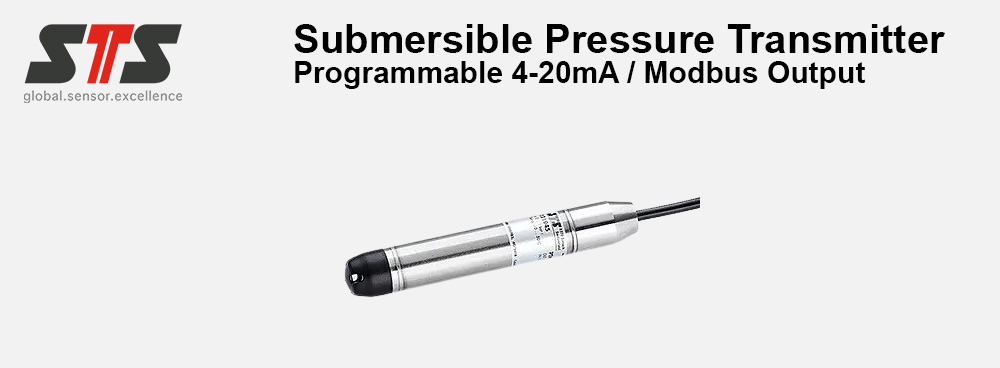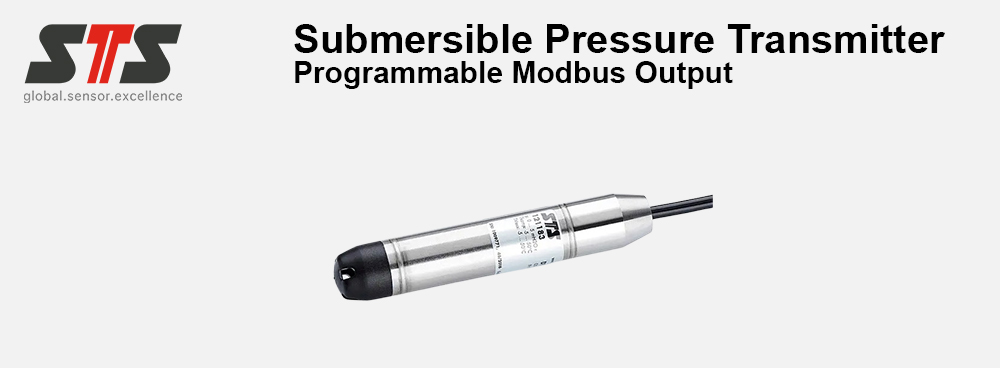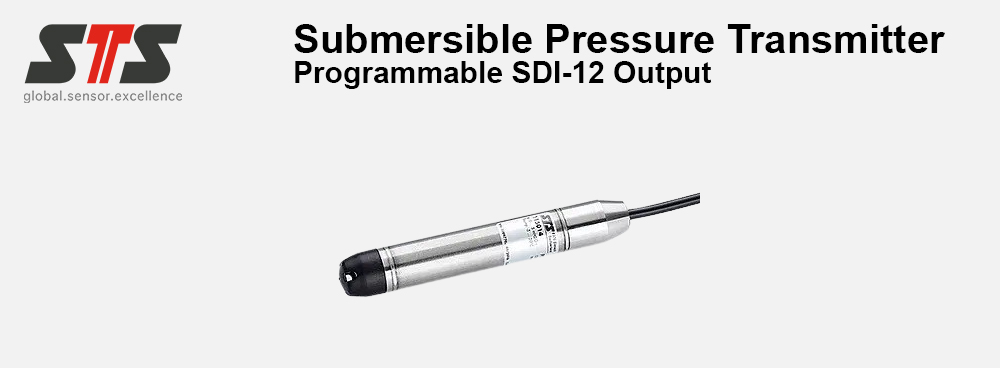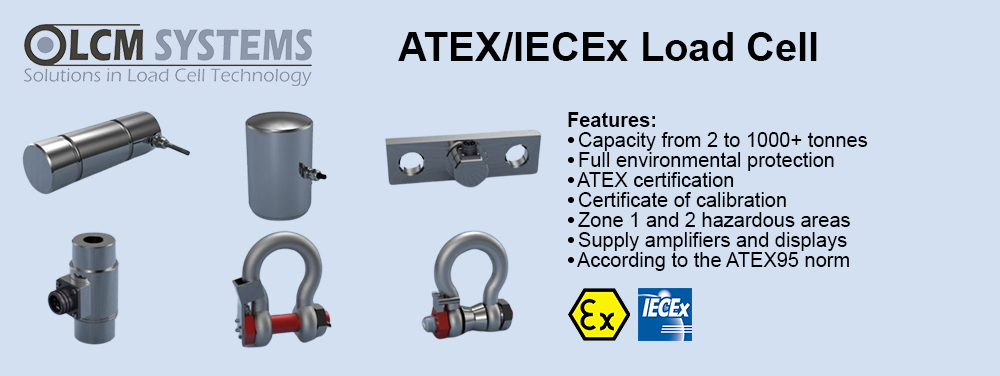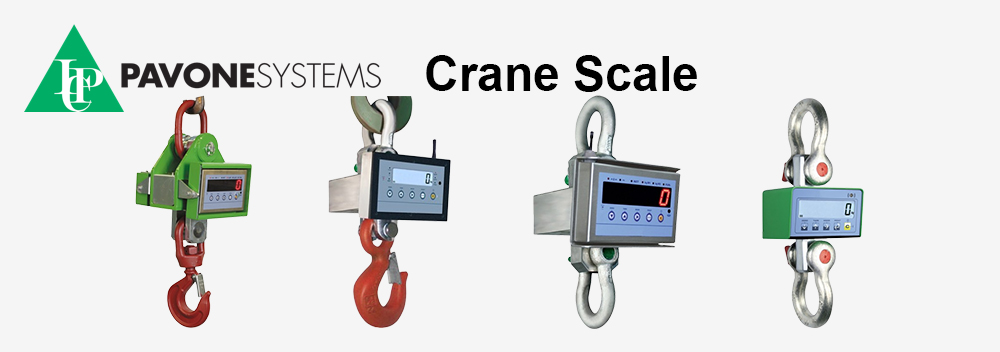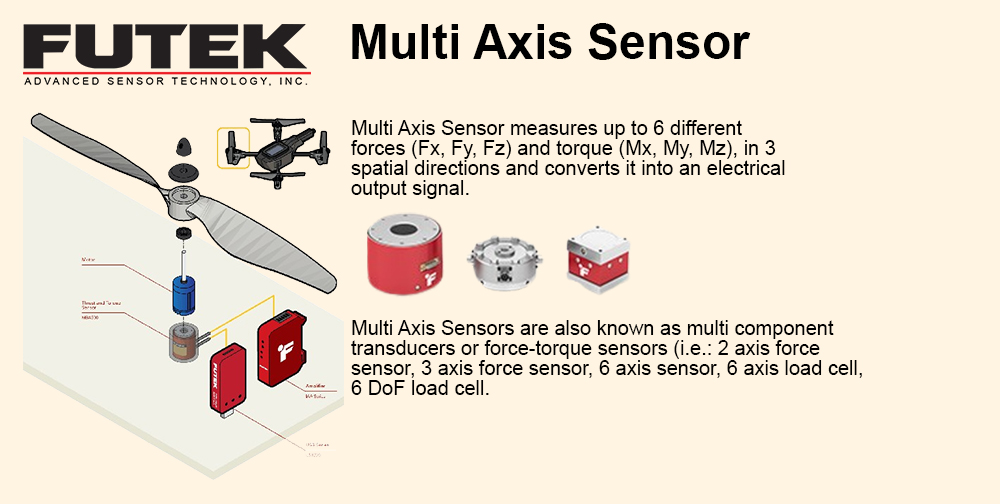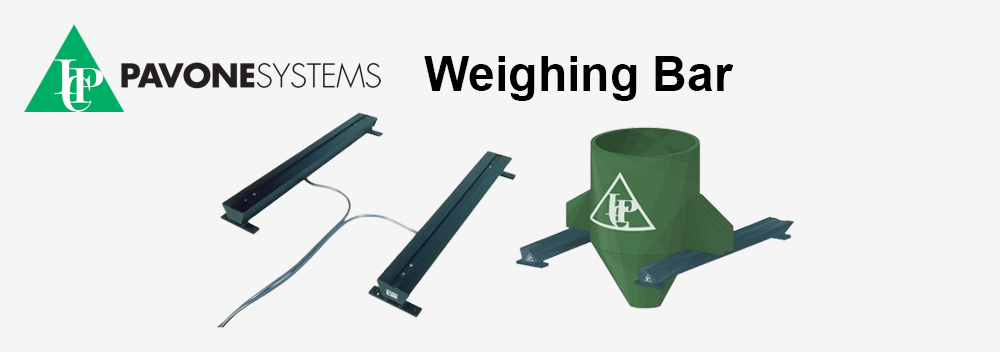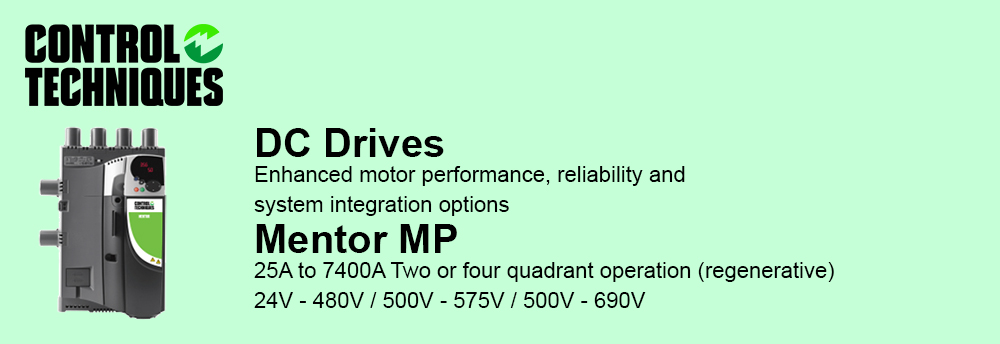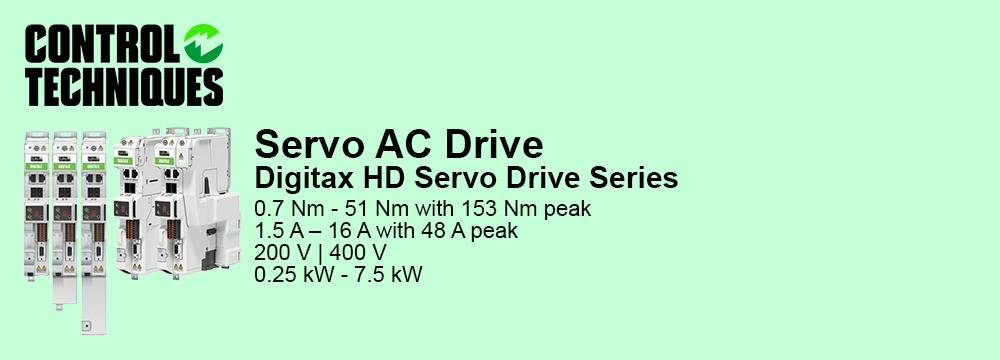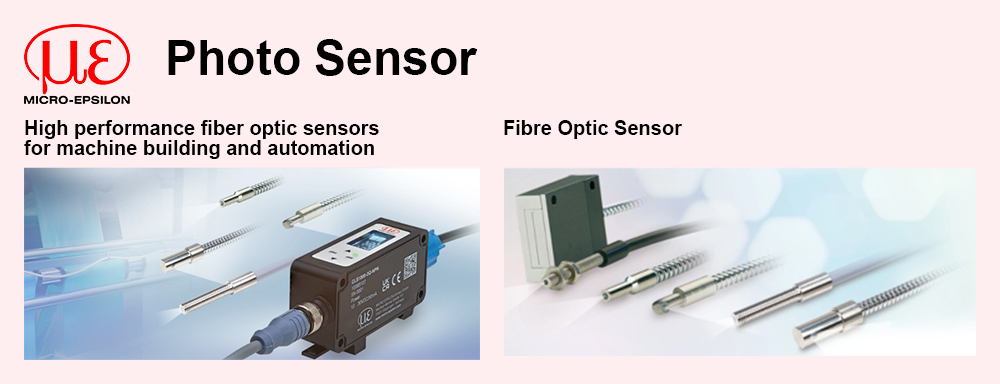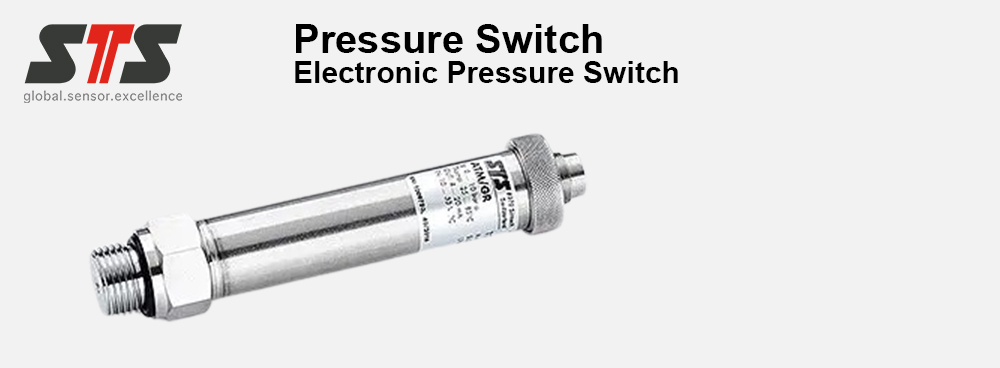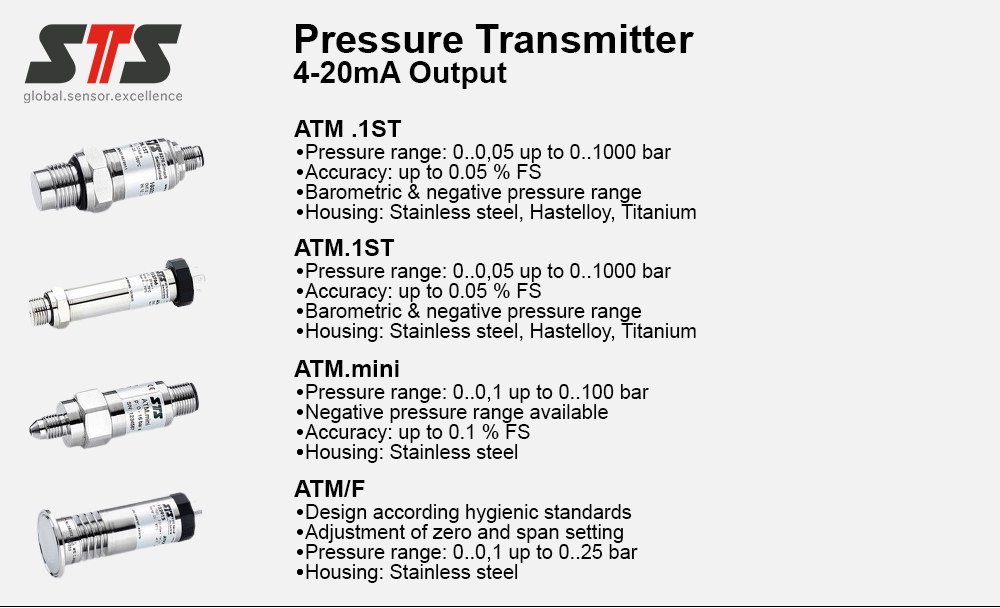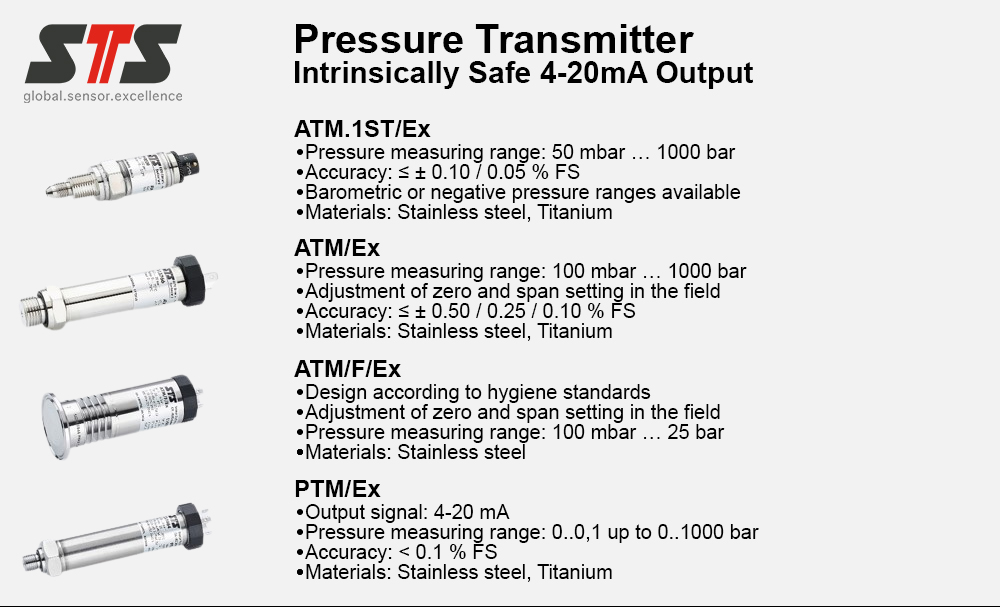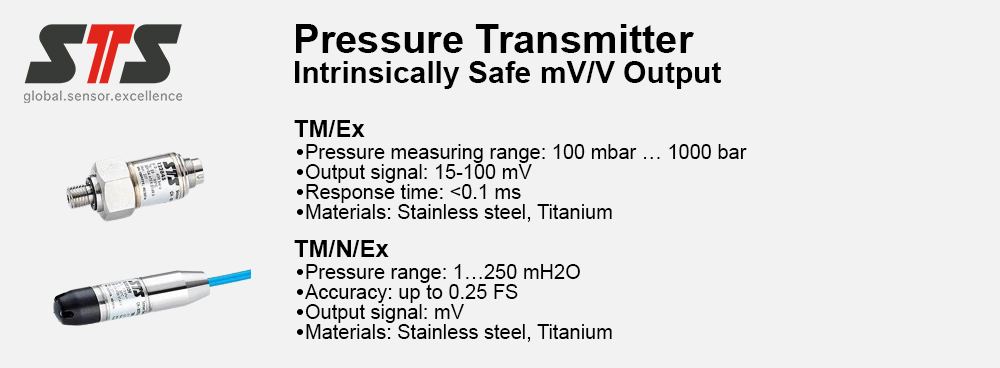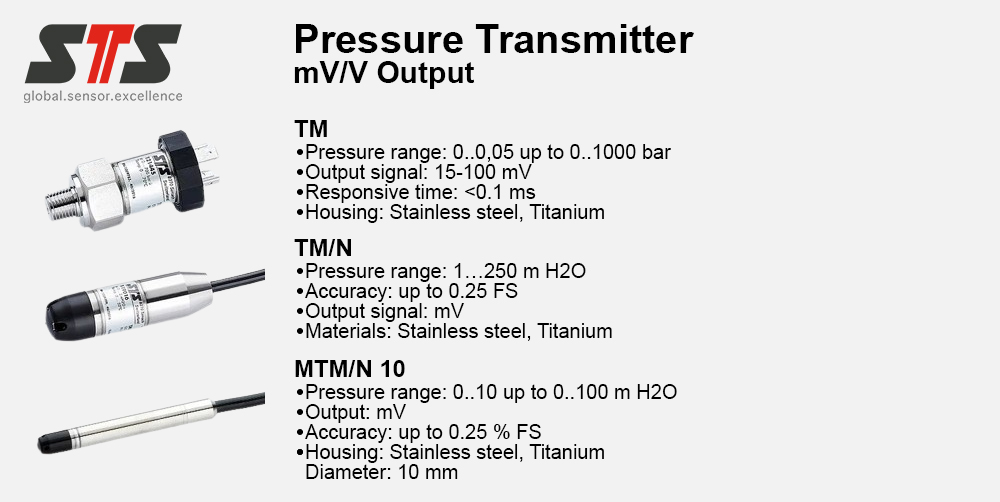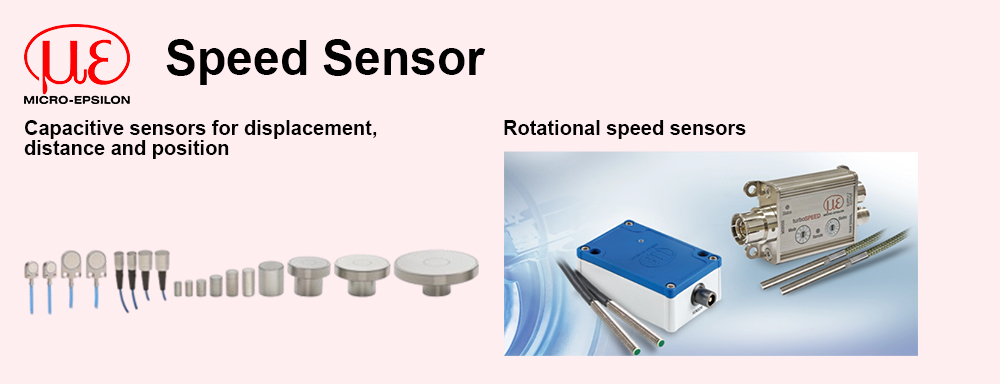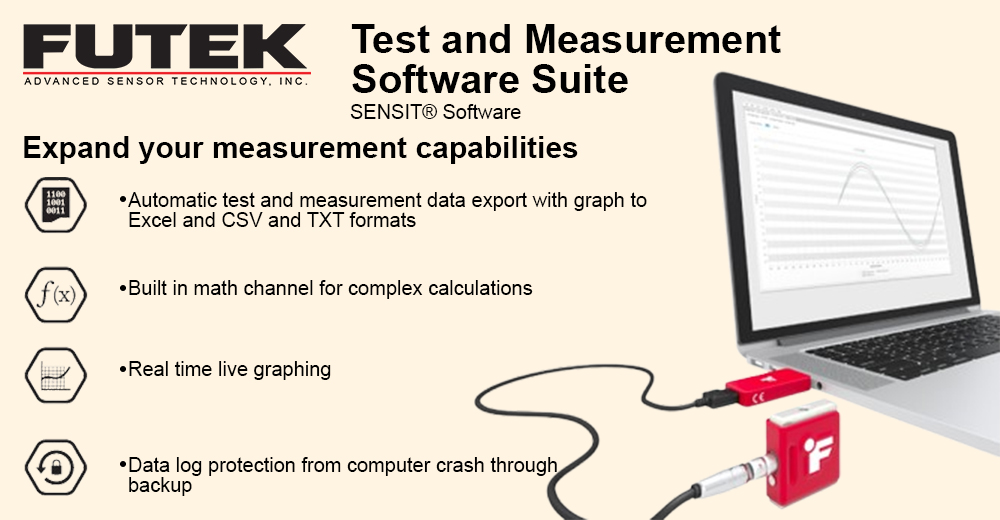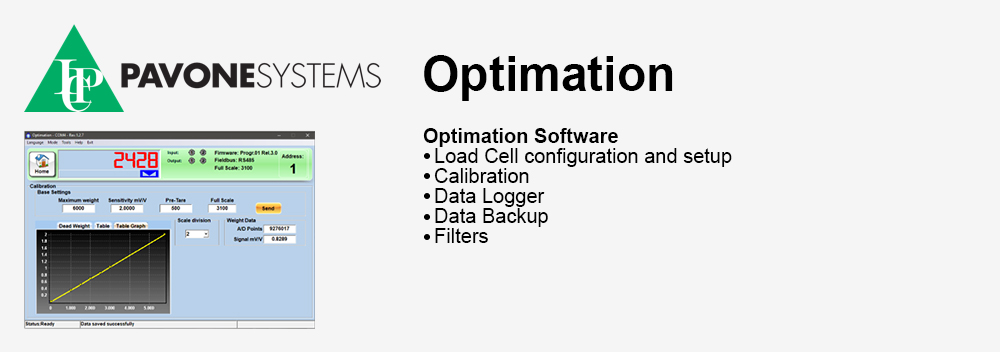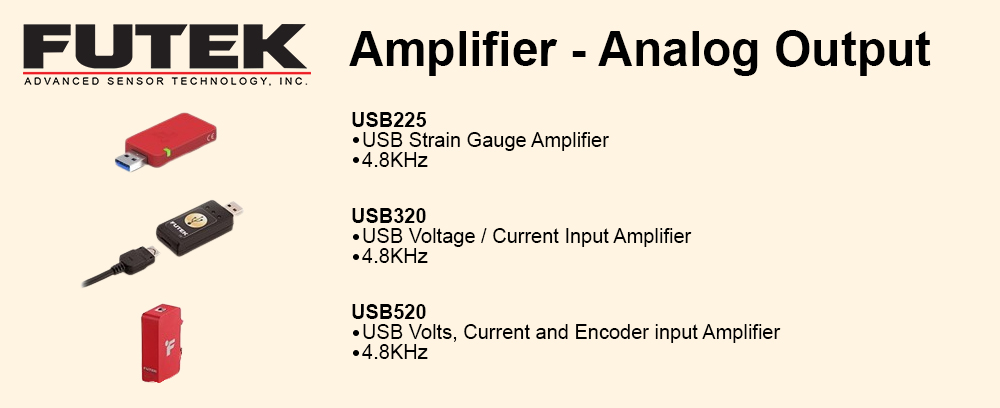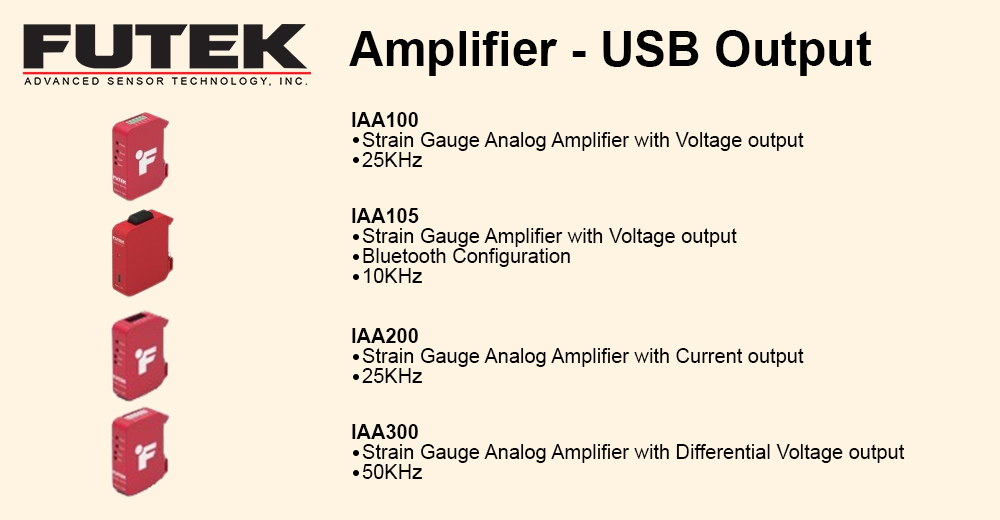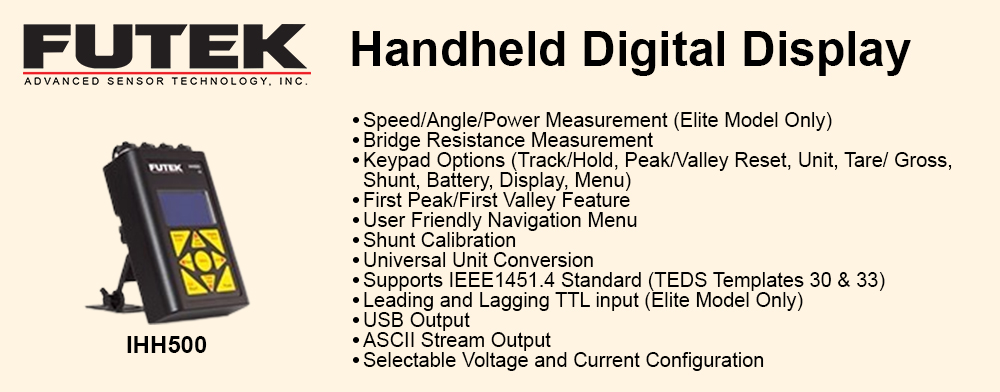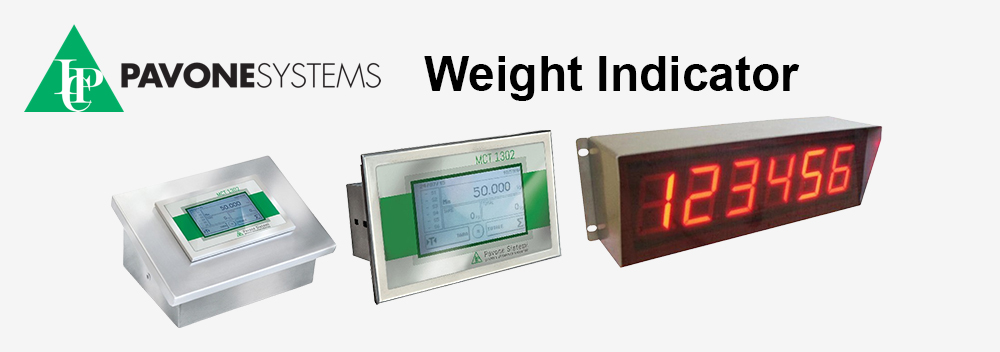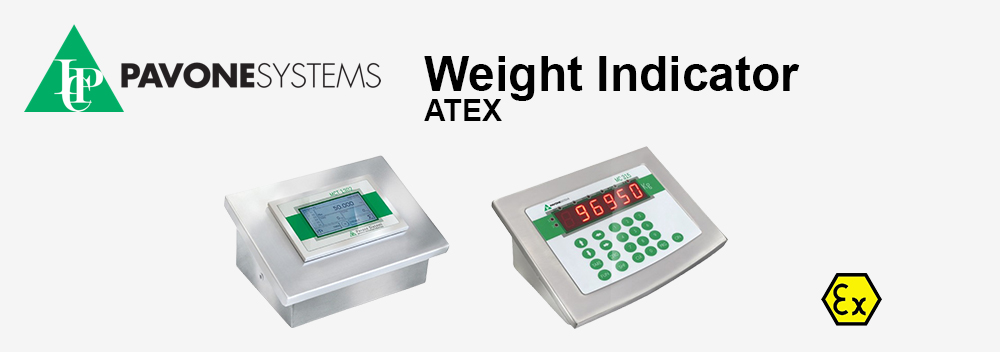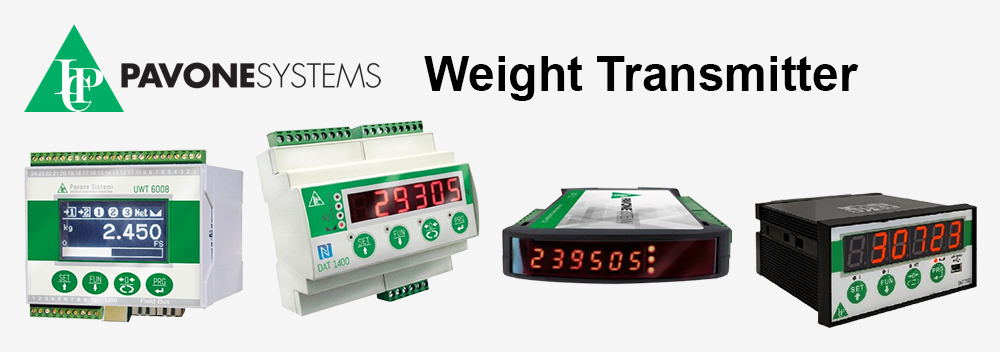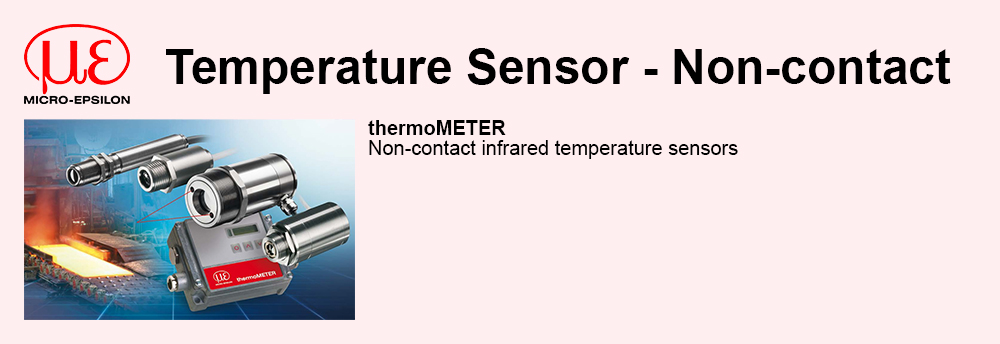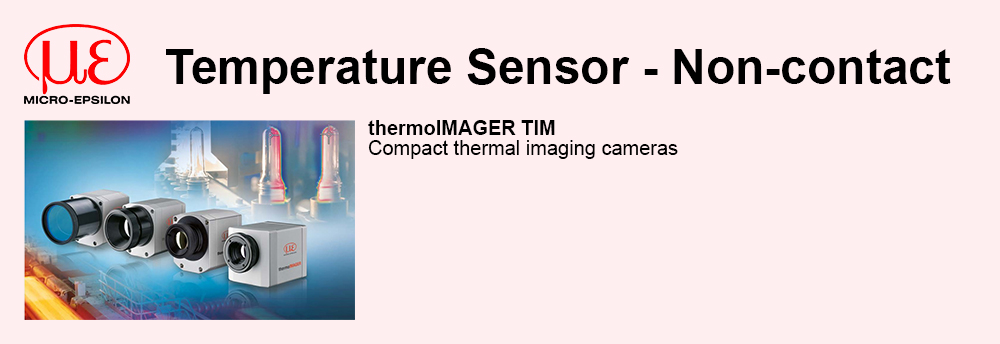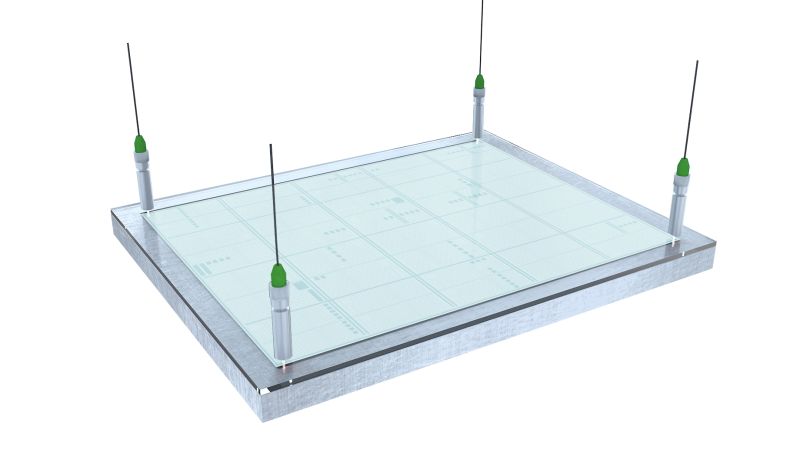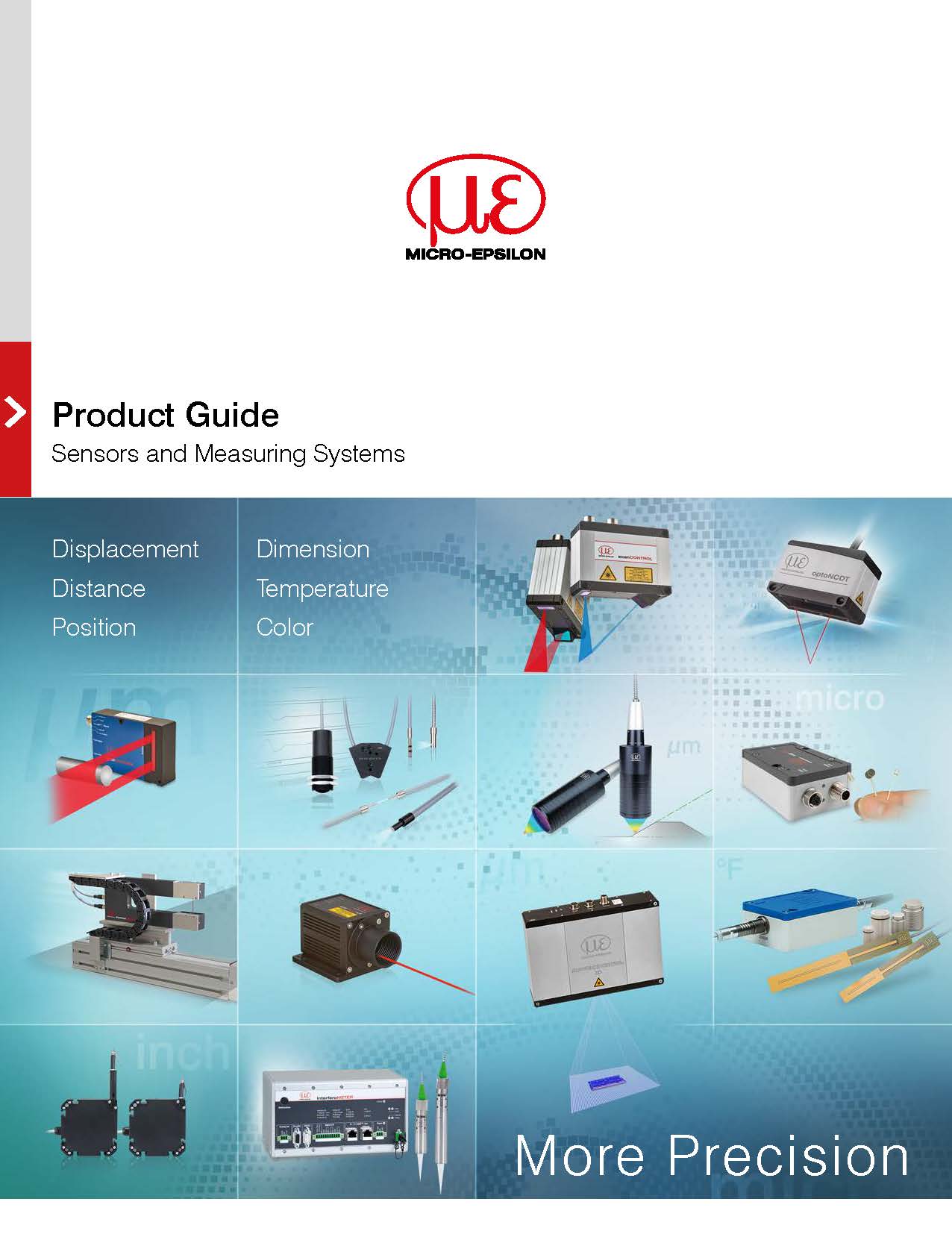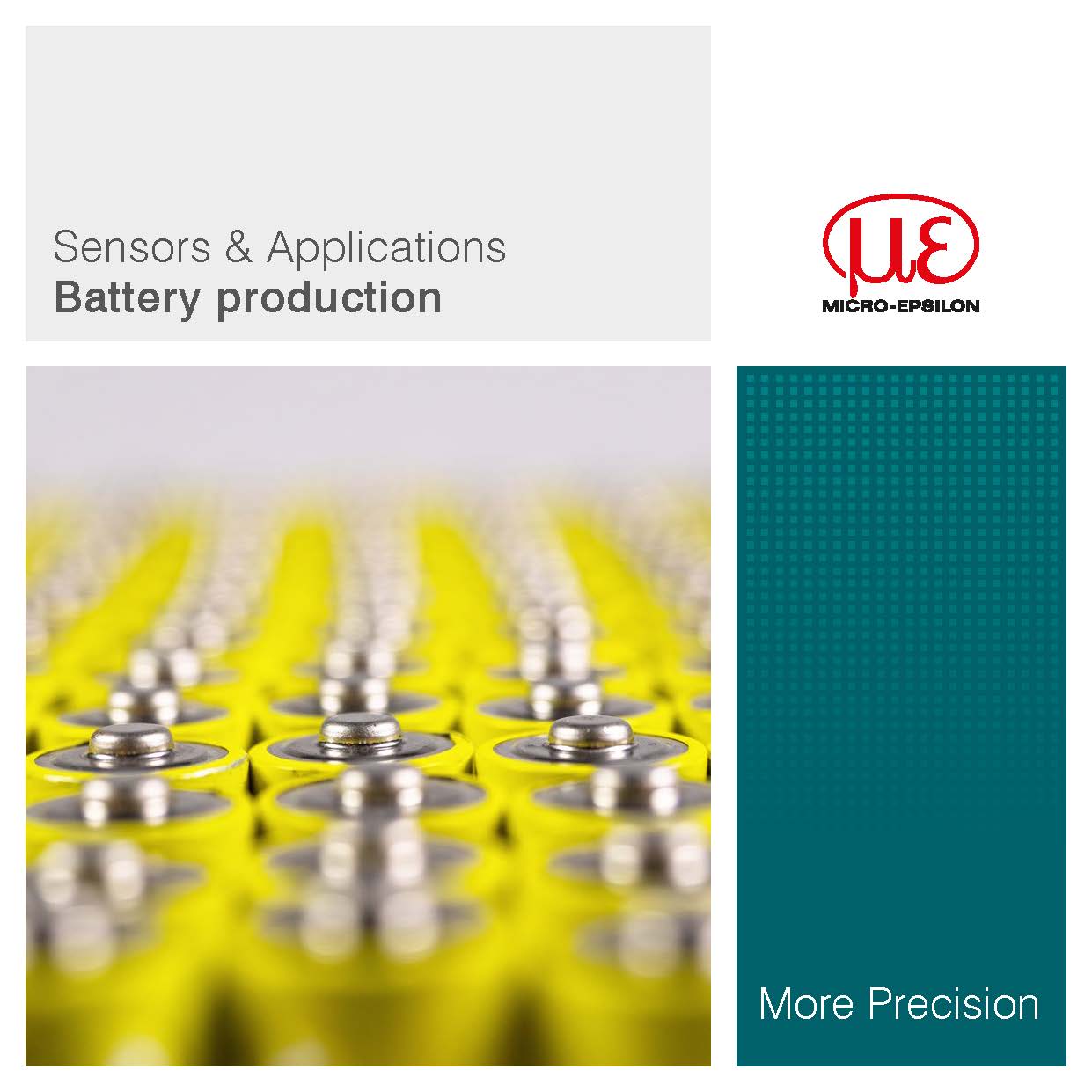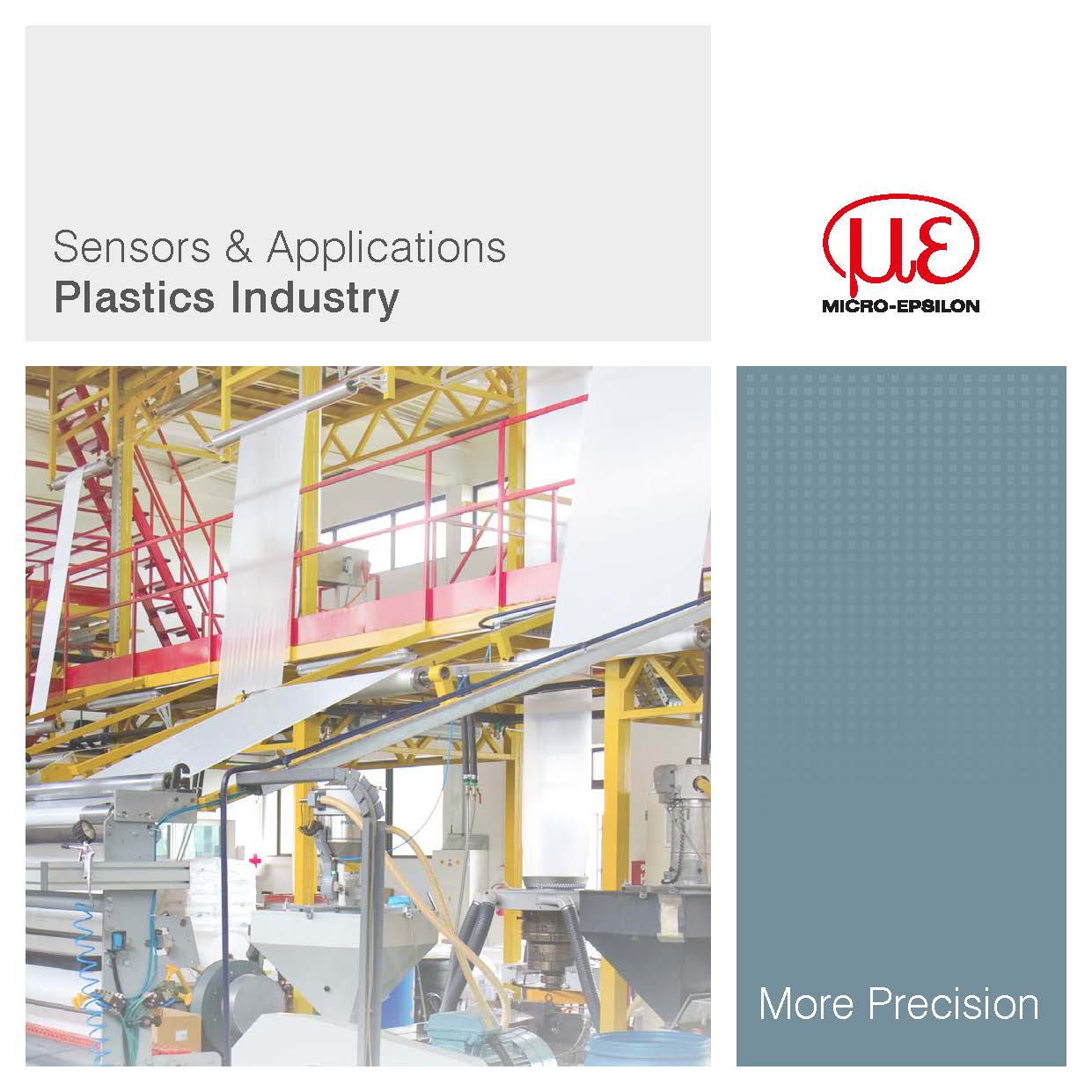Electrical engineering, electronics, semiconductors |
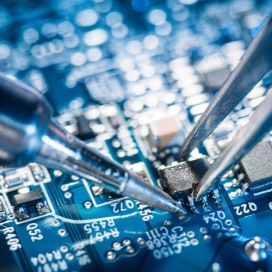 Quality or function monitoring of the individual components plays a leading role for electrical engineering. This concept is particularly the case for inspection during the manufacture of semiconductors. Components are tested for function and quality for different processes. As well as displacement sensors, image processing or temperature sensors can also be used for this. Maintenance of a particularly high quality of the individual dies is of essential importance for the semiconductor industry. Even the slightest contamination or damage can cause enormous costs in the running process. |
Diameter - radial/axial runout - measurement at disk motors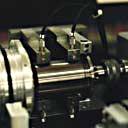 The production of disk motors has to meet the highest mechanical accuracy requirements. In order to ensure perfect functioning of the disk drives the drive units are measured and evaluated with respect to diameter, true running, and axial running. Since production specifications of < 5 μm have to be measured under nominal speed, a decision has been made to use the fast and high-resolution capaNCDT system. In this measurement two sensors with measurement range50 μm that are adapted to the flange geometry are of special importance. Sensor technology applied |
| __________________________________________________________________________________________________________ |
Monitoring the commutator in electric motors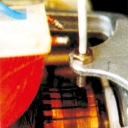 The “eddyNCDT” system offers many advantages for the non-contact monitoring of the mechanical condition of the commutator in electric D.C. motors or generators. The system uses the eddy-current measuring principle, is not subject to wear and cannot affect or influence the commutator. Sensor technology applied |
| __________________________________________________________________________________________________________ |
Color measurement of LED panels (RGB)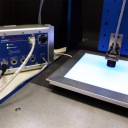 When RGB LED panels are produced, the challenge is to create a uniform, completely homogenous surface. Therefore, a diffuser layer is used, which enables a regular scattering of the otherwise point-shaped LED light. In order to avoid defects in the material and during production, the inline colorCONTROL ACS7000 color measurement system is used with the ACS3-TR receiver unit. Errors can therefore be recognized during the production process itself rather than the previous method of manual final inspection, which is no longer necessary. Sensor technology applied |
| __________________________________________________________________________________________________________ |
Co-planarity of IC-pins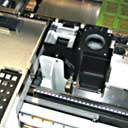 The term „co-planarity“ discribes the proper seating of the tips of fine-pitch device leads on the copper pads on a PCB prior to solder process. The coplanarity is a critical dimension for the quality of the soldered joints, because no reliable and correct soldering can be done if there is a gap between the lead and the pad. In state of the art automatic assembly machines the co-planarity of components is measured during the assembling process. The component to be measured is passed over a triangulation displacement sensor which has a laser beam that scans the row of pins. Sensor technology applied |
| __________________________________________________________________________________________________________ |
Thickness measurement system for partially transparent insulation panels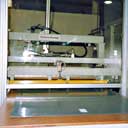 In the manufacturing of plastic panels, thickness profile measurements must be carried out due to the necessary quality assurance. For this purpose two laseroptical displacement sensors are mounted on a traversing device, one underneath and one above the panel which passes along a defined path. The preprogrammed measuring points are sampled consecutively. Irrespective of the exact height position of the panels, the accurate material thickness is obtained by simple coupling of the synchronously measured distance values from both sensors. The output of the desired measurement log is realized with the aid of a PC system in the fully automatic sequence of the profile measurement table. Sensor technology applied |
| __________________________________________________________________________________________________________ |
Vibration measurement on carbon brushes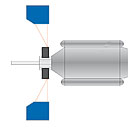 Many direct current electric motors operate with carbon brushes for the current transmission. optoNCDT laser sensors are used to monitor the vibration during operation. They measure the carbon brushes without contact and also measure high speeds of the motor due to their high cut-off frequency. Sensor technology applied |
| __________________________________________________________________________________________________________ |
Liquid level measurement during capacitor production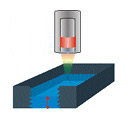 The capacitors must be dipped into a bath of solvent during the capacitor production. In doing so, it is important that the blanks only have a specified immersion depth. Confocal chromatic sensors are used for measuring the level in the bath. They measure with high precision and without contact on directly reflecting liquids. Sensor technology applied |
| __________________________________________________________________________________________________________ |
Coplanarity of connector pins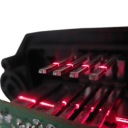 Using connectors and sockets, electrical circuits can be alternately opened and closed. The connector pins must be correctly oriented in order to prevent the pins from bending during connection. As this cannot always be guaranteed by the mounting process, it is important to inspect the coplanarity and the orientation of the connector pins to one another. In many cases, mechanical sensing devices carry out this task. However, this procedure has its disadvantages. First, the sensing device itself applies a certain force onto the pins, and second, the mechanical parts are subject to wear, which reduces the measurement accuracy and reliability. Non-contact scanCONTROL profile sensors measure are wear-free and are applied in a variety of pin inspection tasks. Sensor technology applied |
| __________________________________________________________________________________________________________ |
Soldering systems - temperature measurement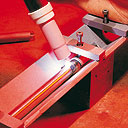 Metal teeth for saw blades are soldered in soldering machines. In doing so, a fast IR temperature measurement provides exact regulation and prevents mechanical stresses in the saw blade and the danger of crack formation. Sensor technology applied |
| __________________________________________________________________________________________________________ |
Air gap measurement in large electric motors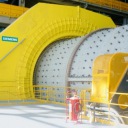 With very large electric motors (diameter larger than 10m) it is important for reasons of cost effectiveness and energy efficiency, to know the radial run out of the rotor from the stator inside the motor. These electric motors are intended for use in rock grinding mills for cement production or mining. Due to imbalances during operation, the rotor may touch the stator, which would cause much damage. This is why sensors are used to measure the distance between the stator and rotor and to monitor the so-called rotor gap whilst the motor is in operation. For this application, capacitive sensors with a measuring range of approx. 30mm are used. Sensor technology applied |
| __________________________________________________________________________________________________________ |
Thickness measurement of dies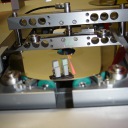 When optical data carriers are produced, the data are initially transferred to a master. Depending on the number of copies, different dies made of nickel are produced from the master by galvanization. These dies must show a thickness of 297 µm ± 3 µm for faultless production. It is checked several times during the galvanization that this dimension is complied with. The company ISEDD GmbH from Bielefeld has developed a measuring device for this which enables fast and accurate inspections of the dies. Capacitive sensors from Micro-Epsilon are used for the thickness measurement. Sensor technology applied |
| __________________________________________________________________________________________________________ |
Non-contact measurement of relay contact movementEven the layman can detect wether a relay is energized or not. The question how on the other hand, is difficult to answer even for the expert. What he needs to know is the timing of certain specific parameters such as pick-up delay, armature play, armature displacement, armature bounce, contact displacement, final contact position and contact bounce. These parameters can be derived from the measured armature and contact movement. The relay characteristics must not be affected in any way by the measuring equipment in the event. The noncontact displacement measuring systems optoNCDT offer the ideal solution to this problem. Sensor technology applied |
| __________________________________________________________________________________________________________ |
Measuring the solder-wave height on wave soldering machines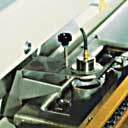 The height of the solder wave is an important criterion to get highest quality results during soldering PCB’s on wave soldering machines. There are two options to measure the height of the solder wave. Sensor technology applied |
| __________________________________________________________________________________________________________ |
Temperature measurement of PCBs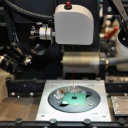 High quality PCBs with SMD components are repaired in rework stations. Hot air is used to remove any defective components and residual solder, to perform solder paste printing and to solder new components into place. The repair process starts automatically when the PCB reaches a specific surface temperature, which simplifies the replacement of defective SMD components. In addition, automatic start-up significantly reduces both the thermal load on the PCB and process time. For accurate temperature measurements, Finetech uses the thermoMETER CT non-contact infrared temperature sensor from Micro-Epsilon. Sensor technology applied |
| __________________________________________________________________________________________________________ |
Displacement sensor for nanopositioning tasks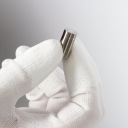 Very small displacements, both static and dynamic, are normally generated by piezo actuators. High precision displacement sensors ensure that these displacements are measured to the required nanometre and sub-nanometre accuracies. Resolution and repeatability of up to 0.04nm are possible. Non-contact, capacitive displacement sensors from Micro-Epsilon provide this sub-nanometre precision. The capaNCDT series combines high precision and the required stability. Sensor technology applied |




